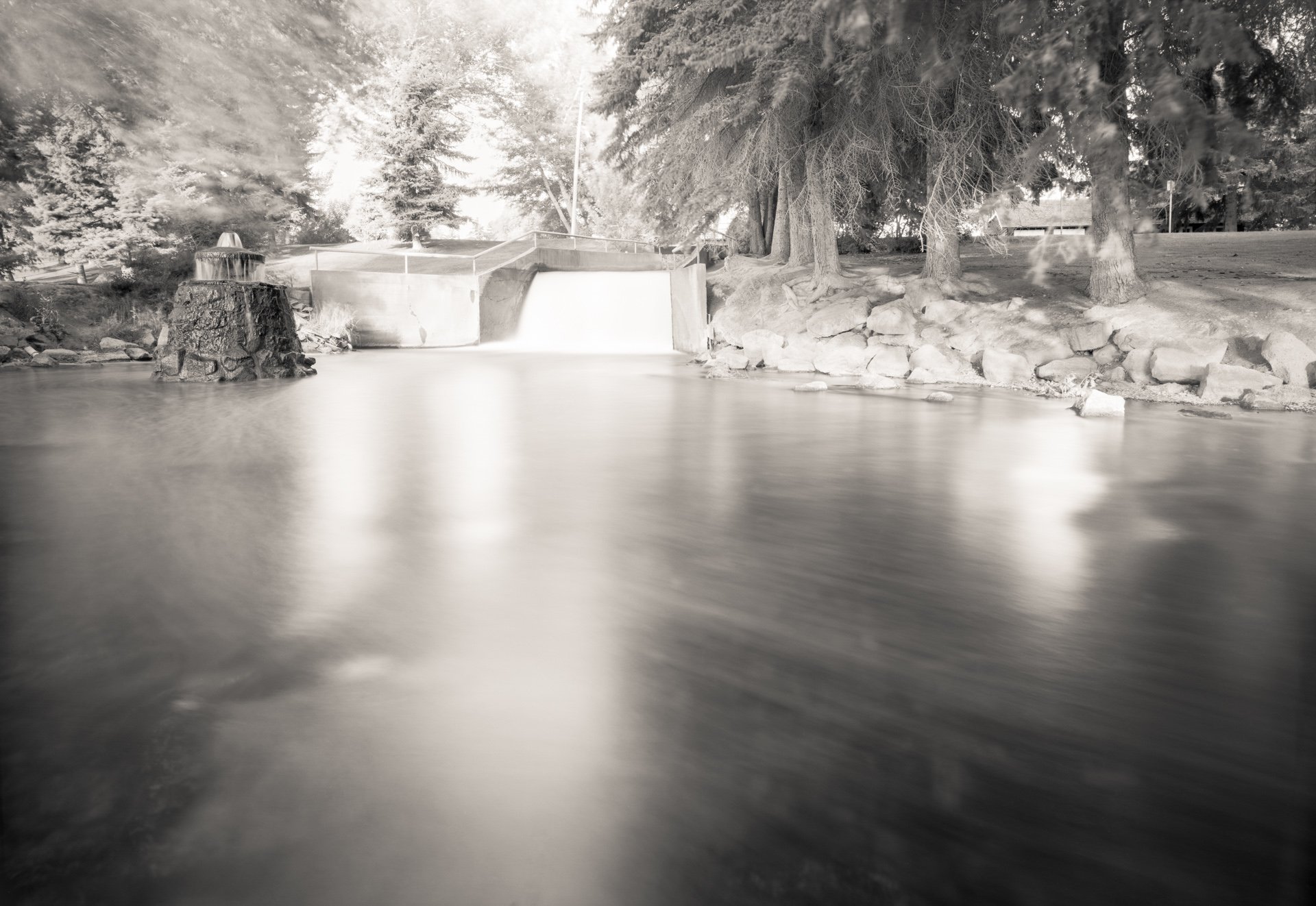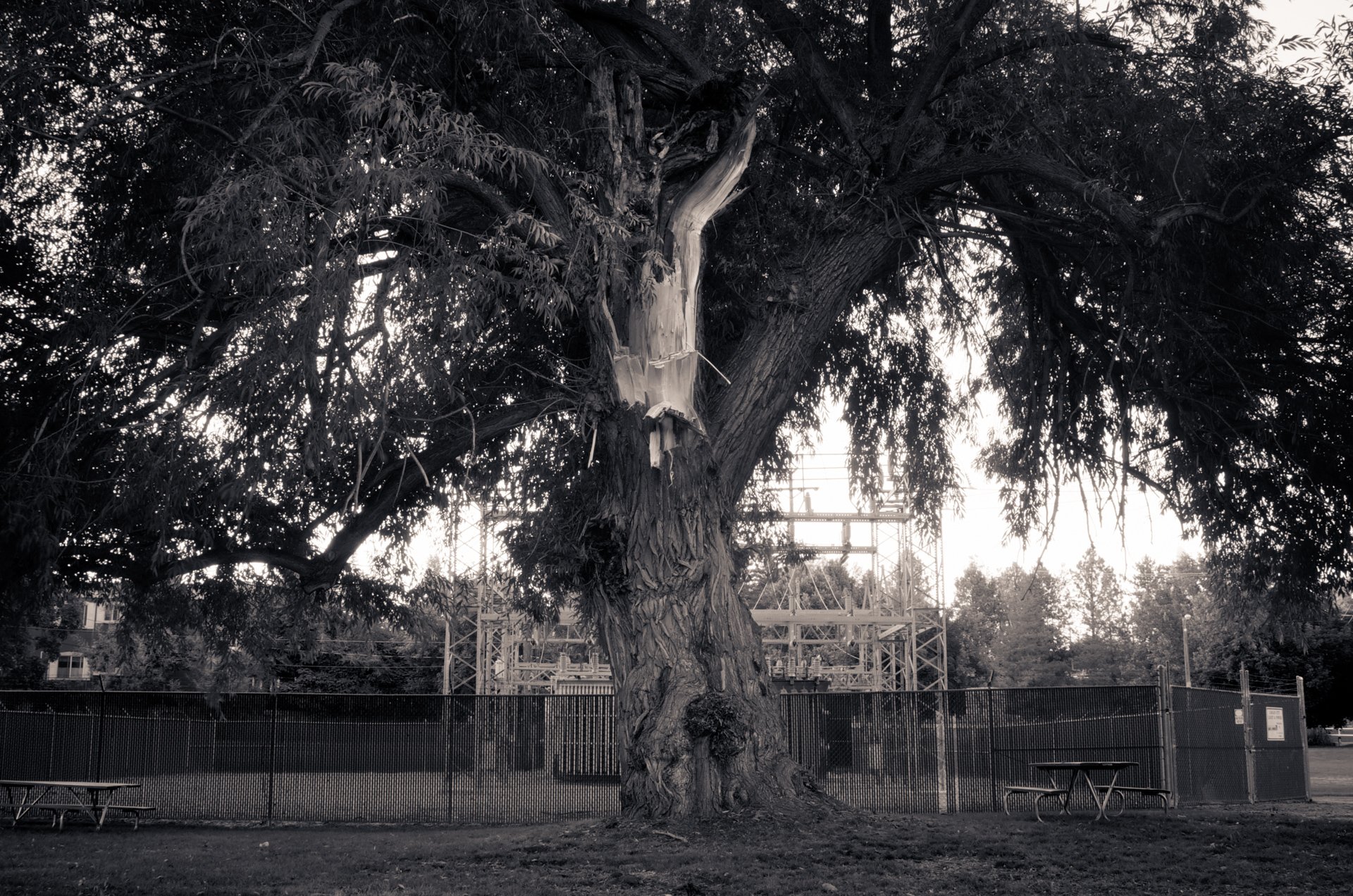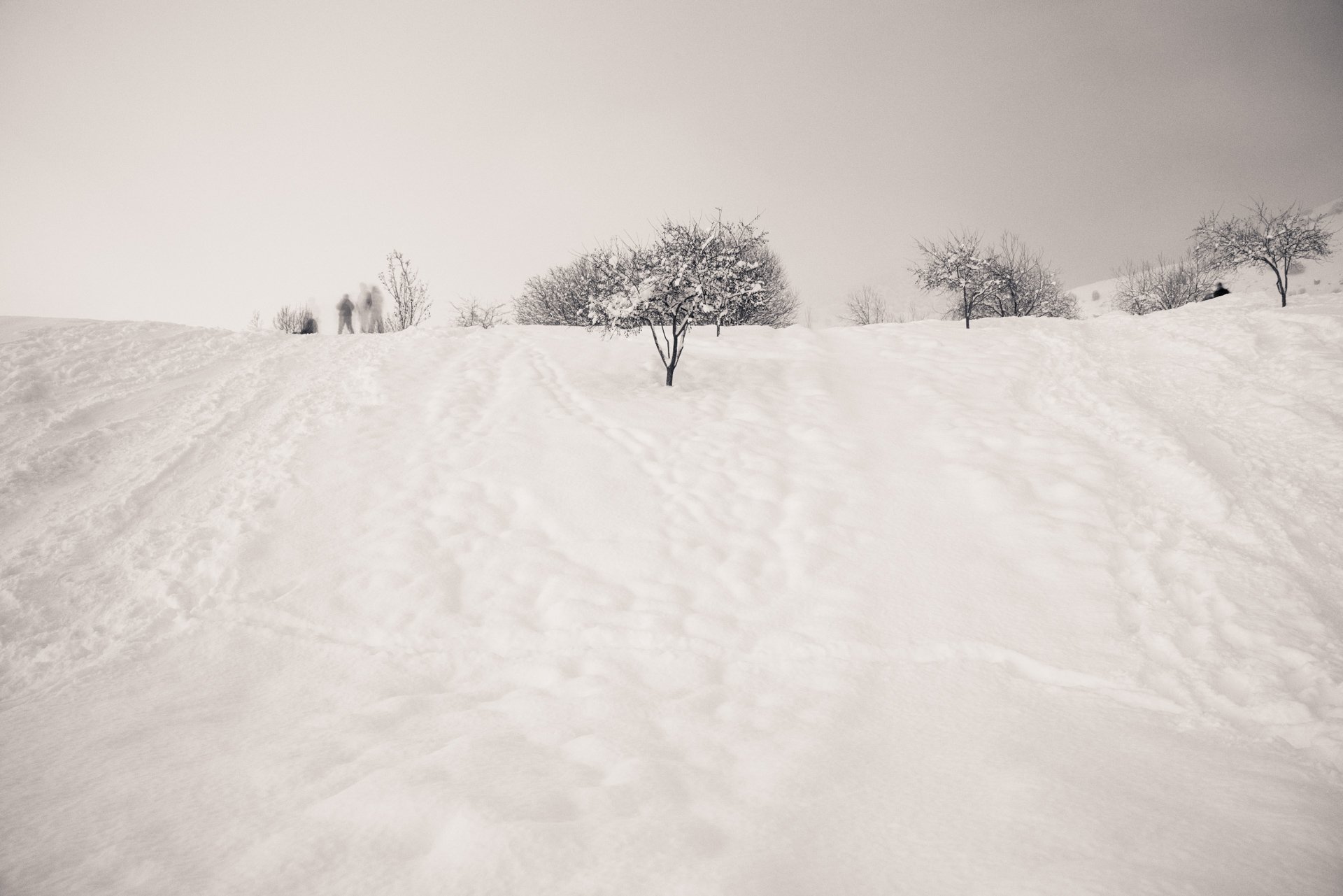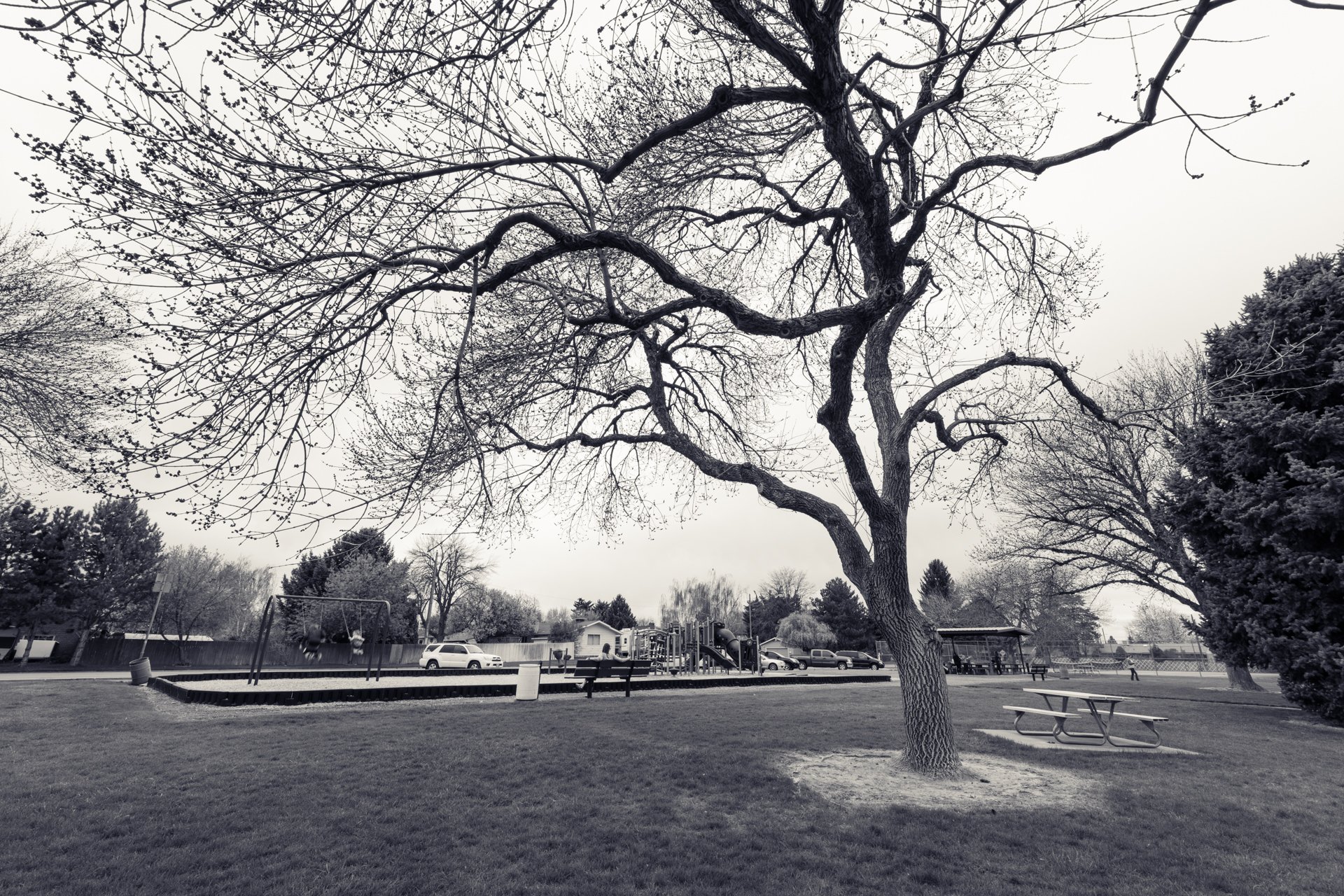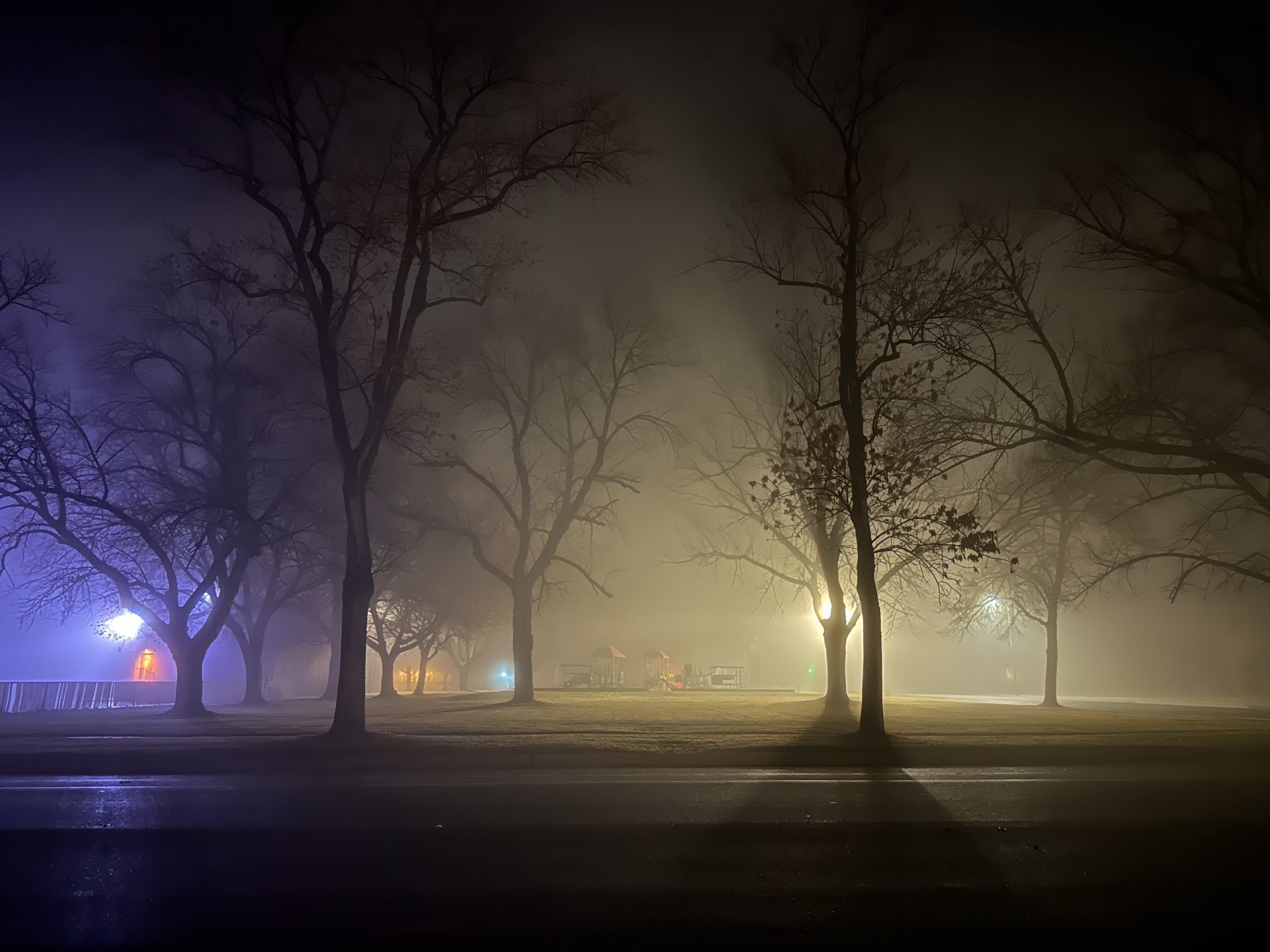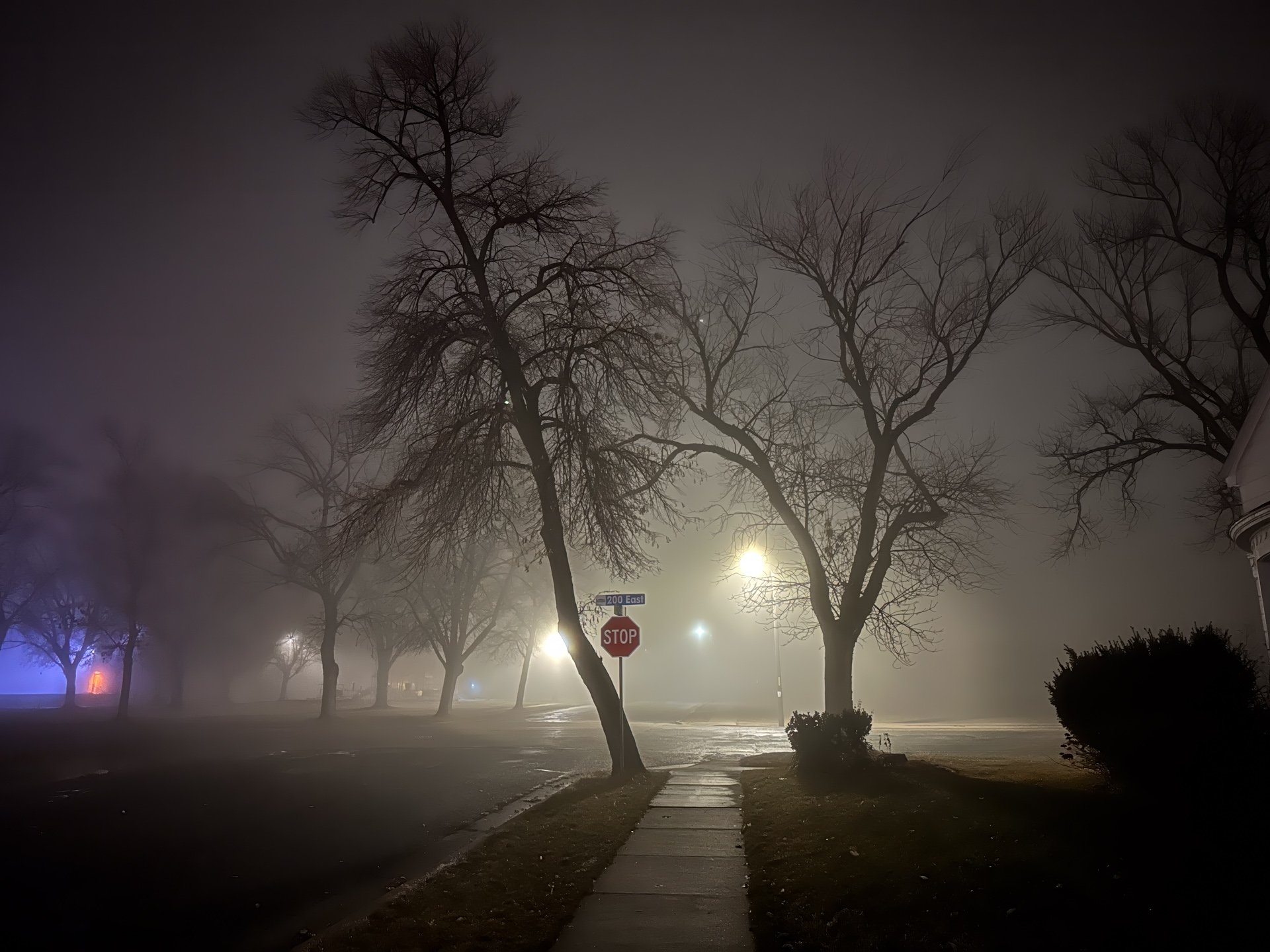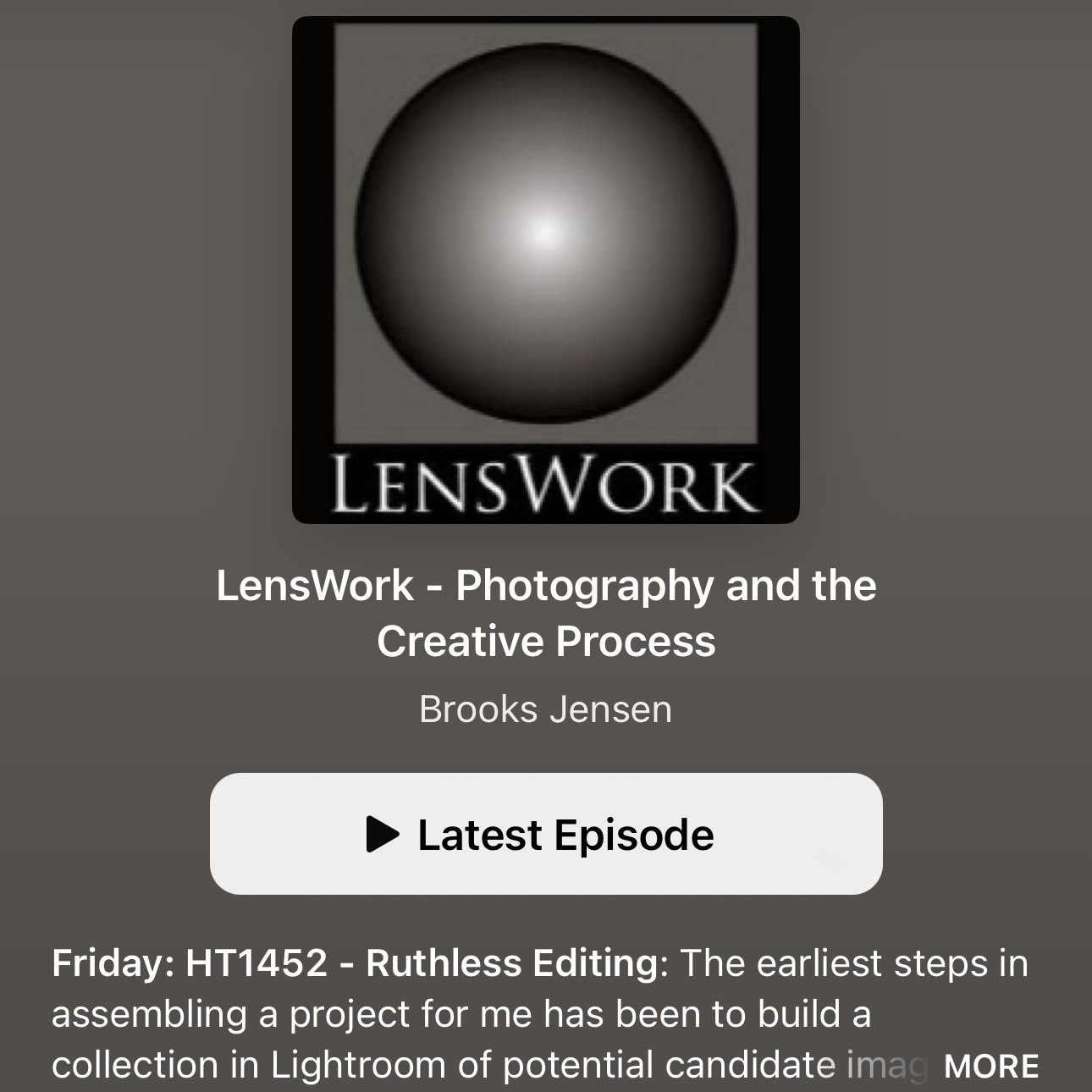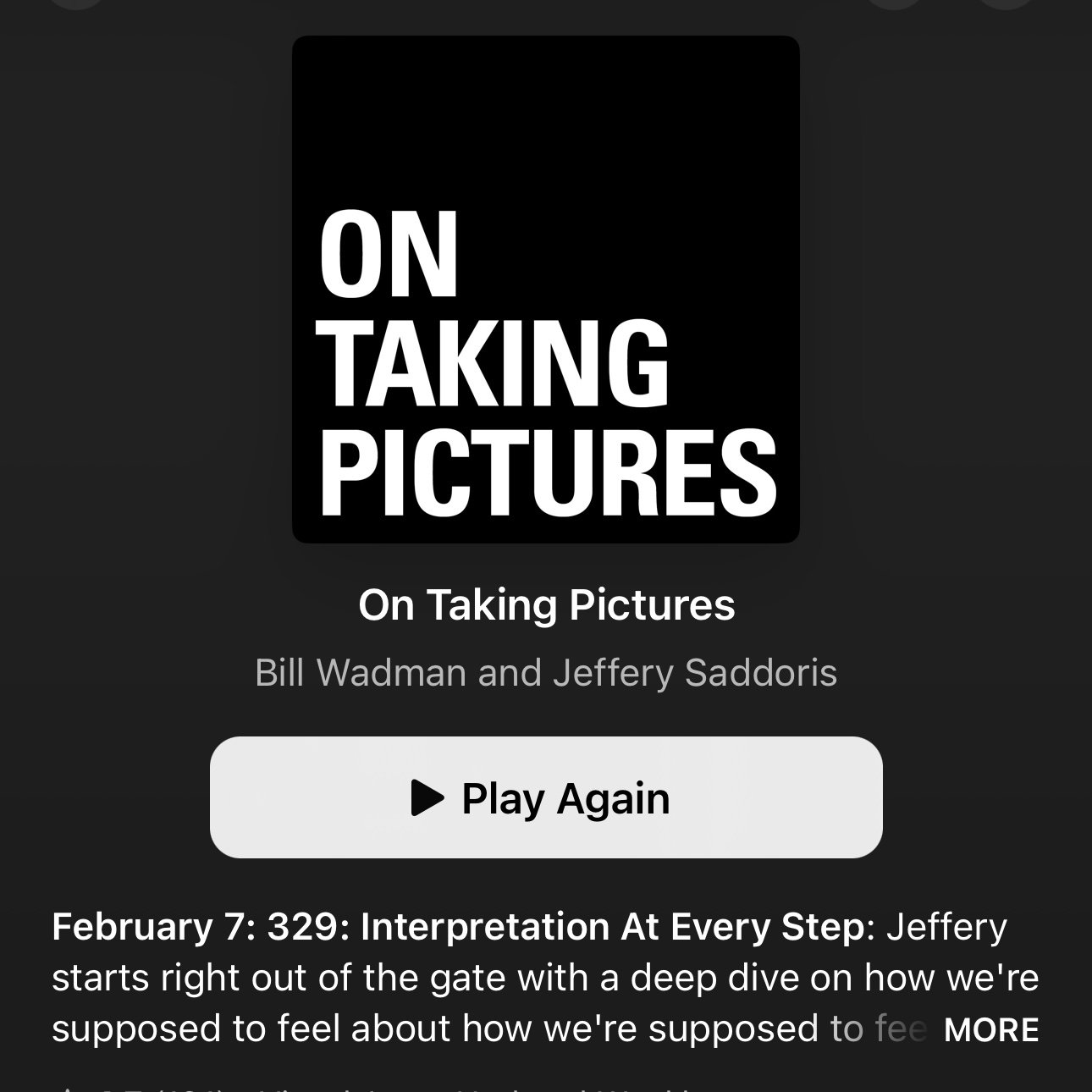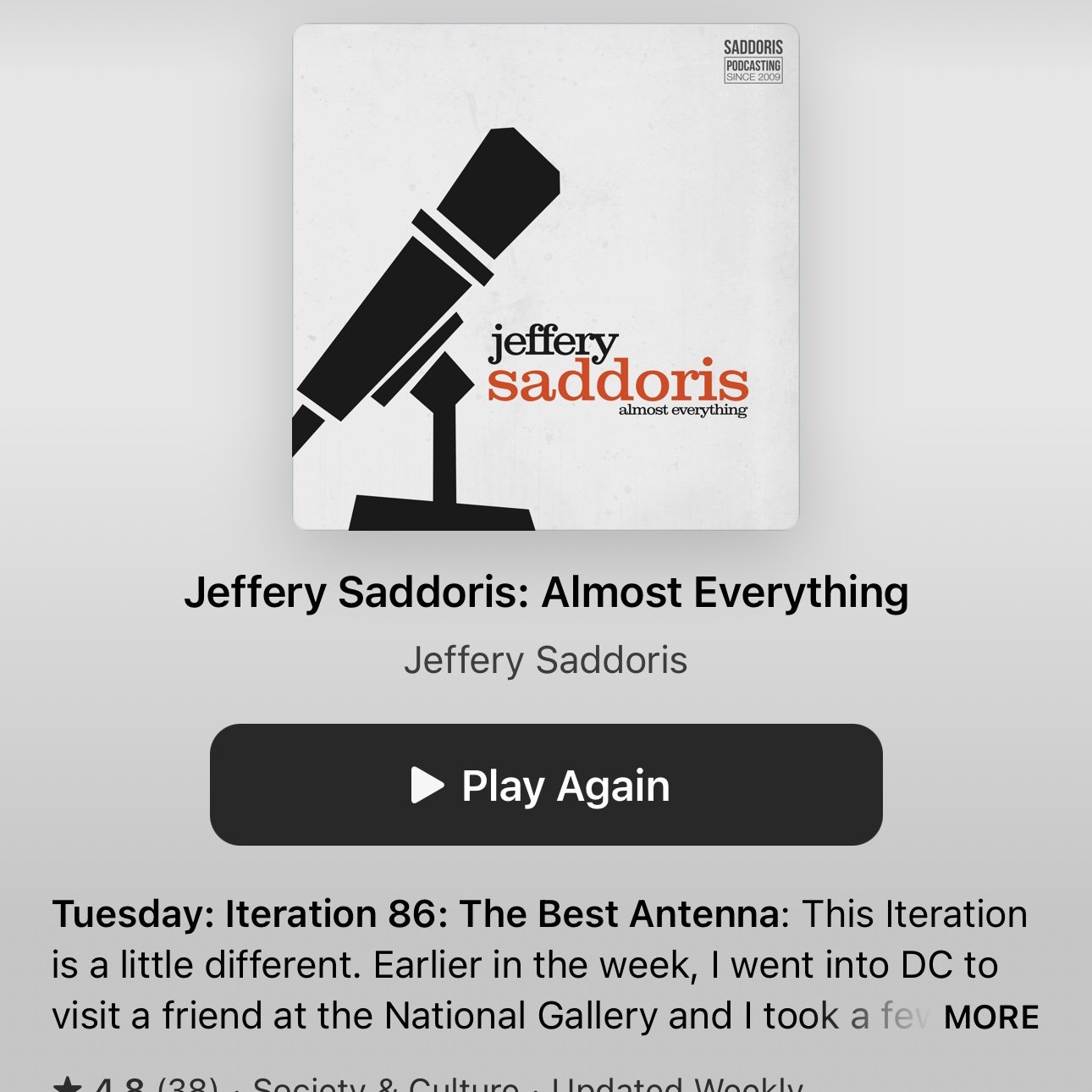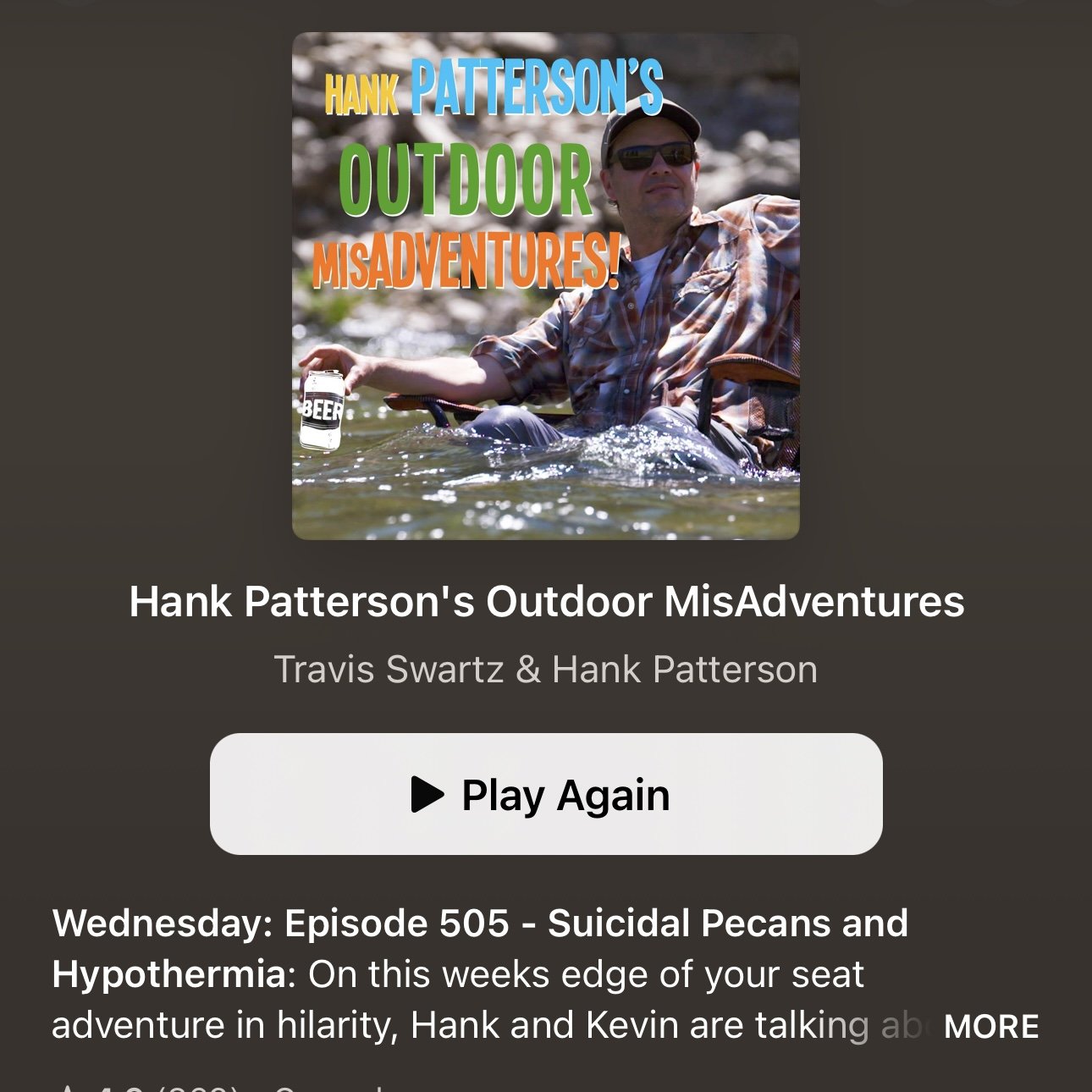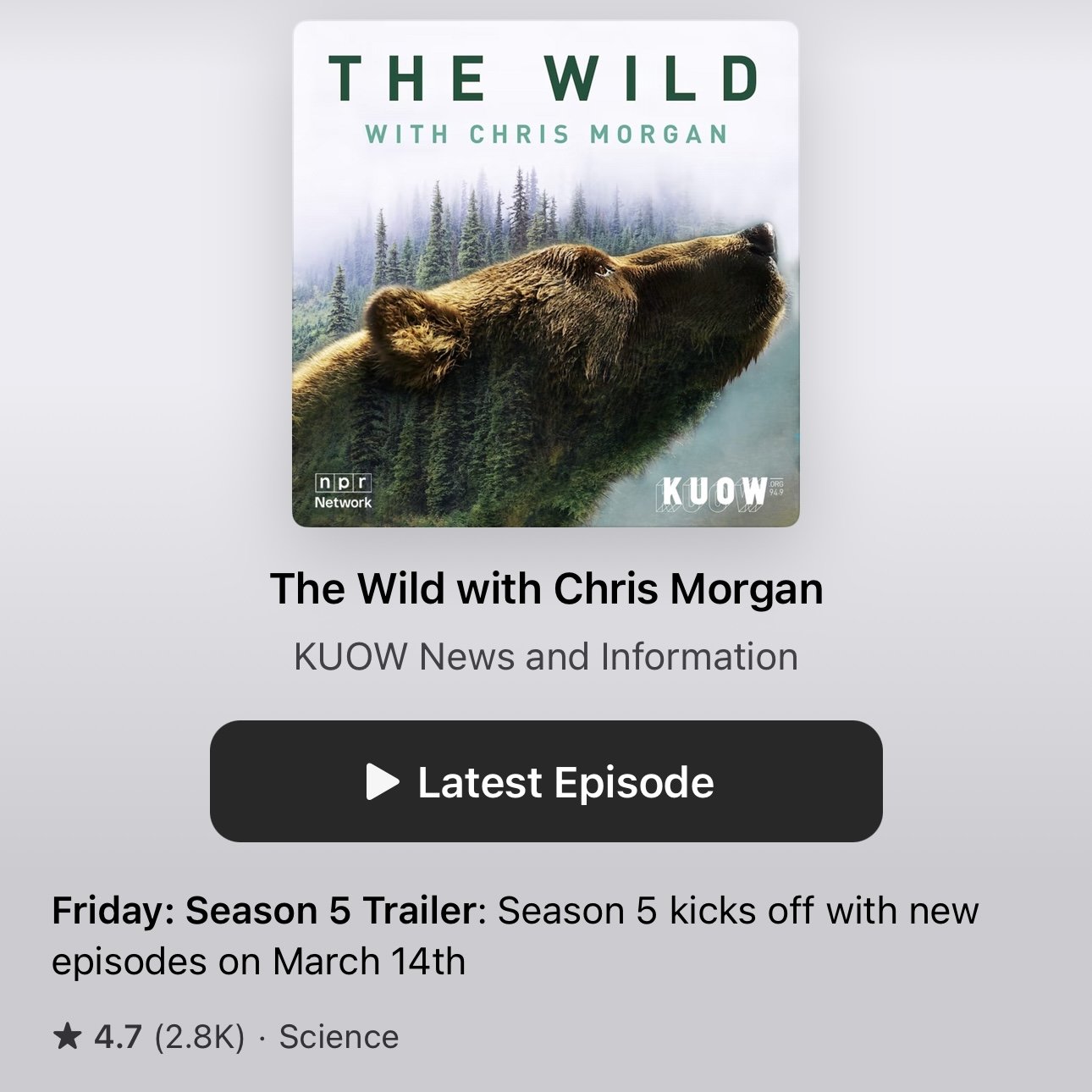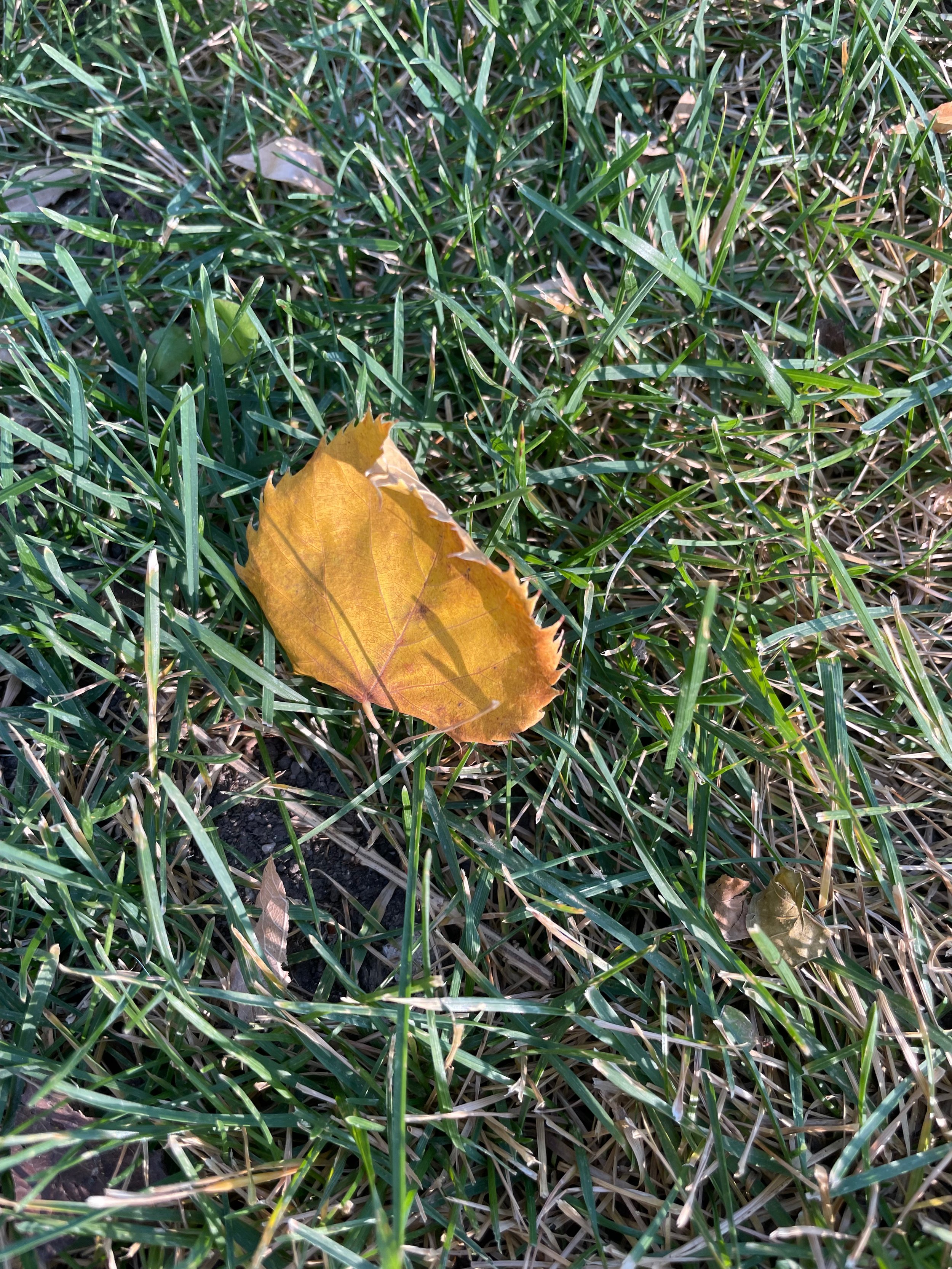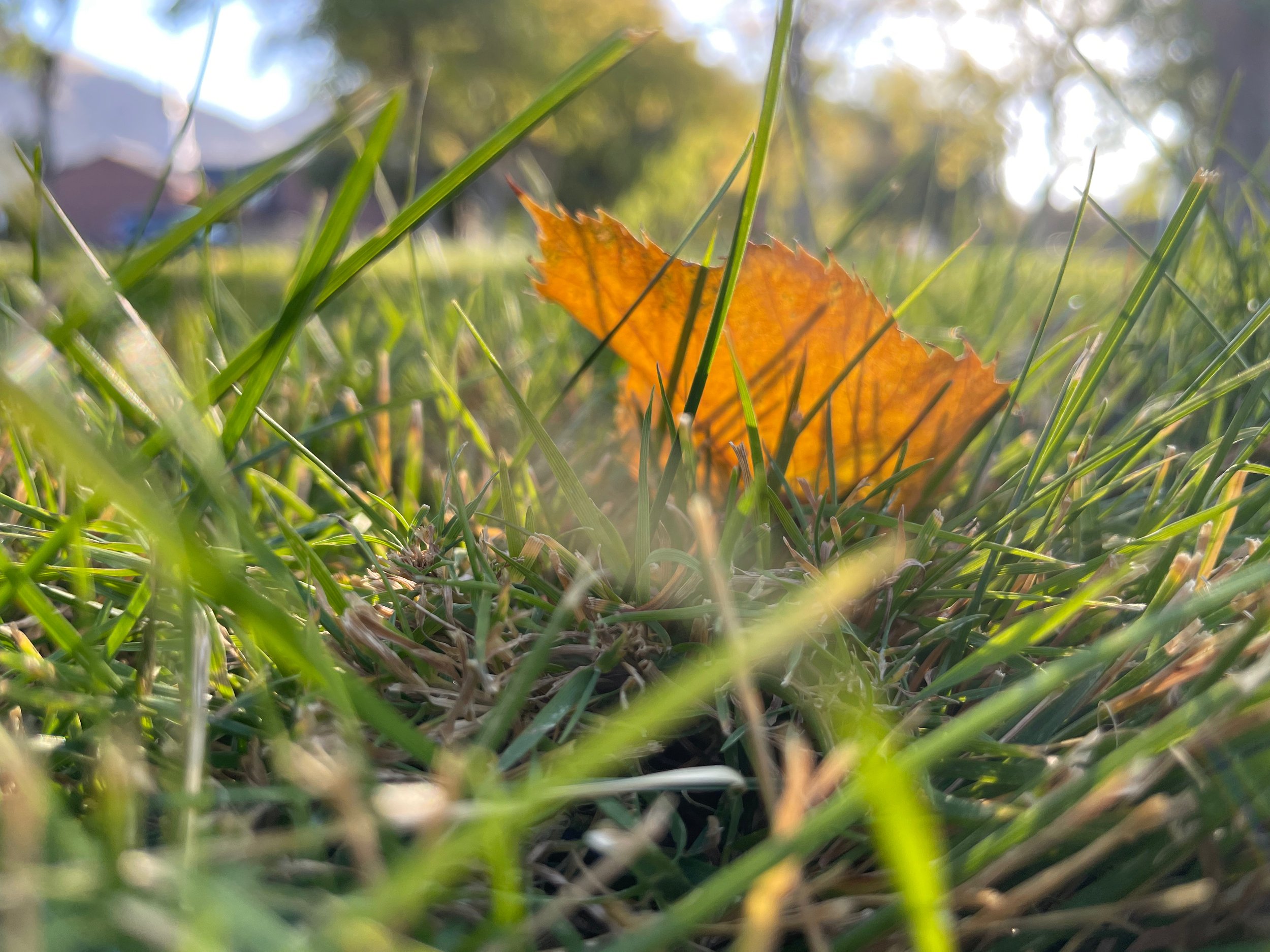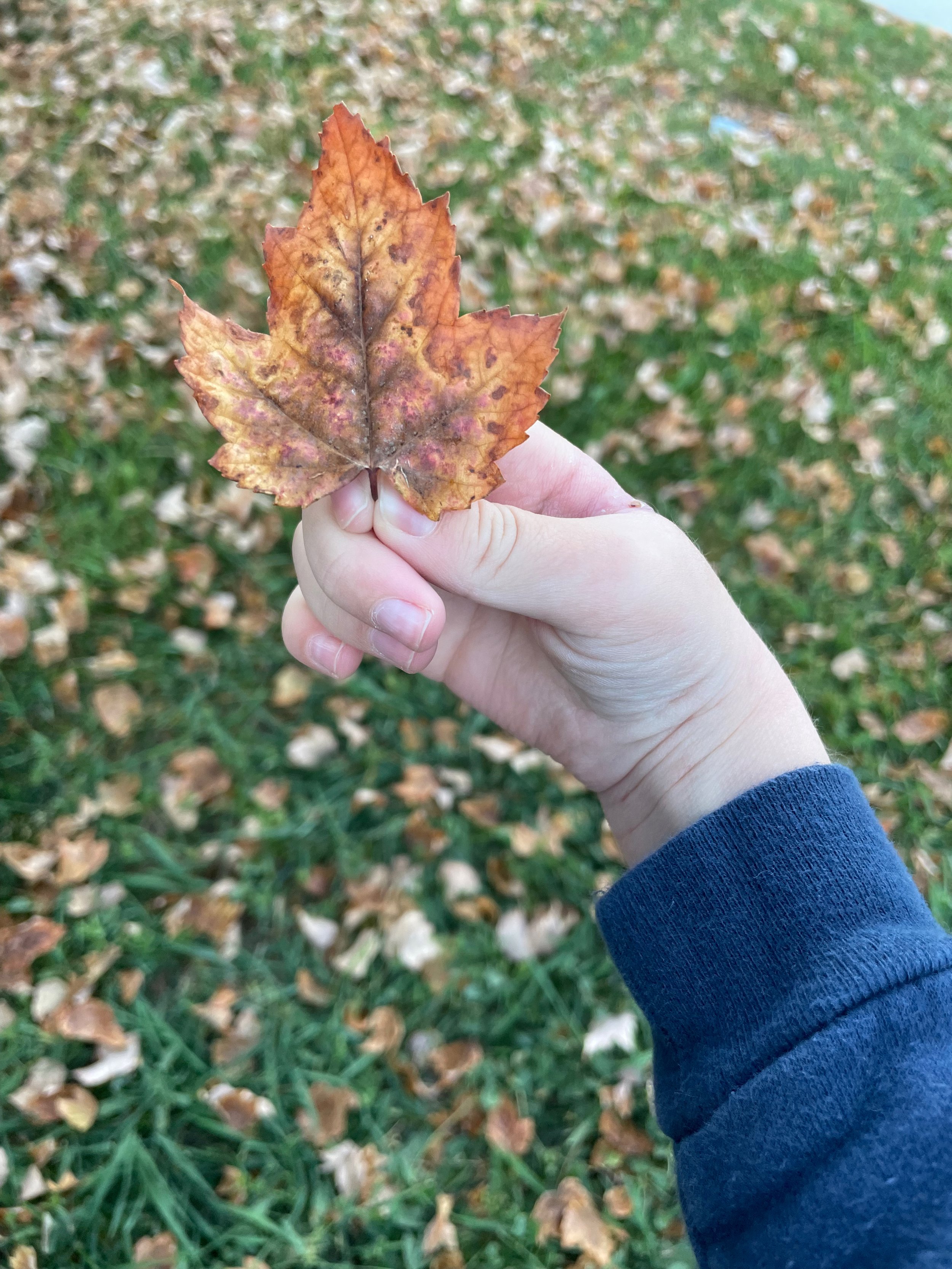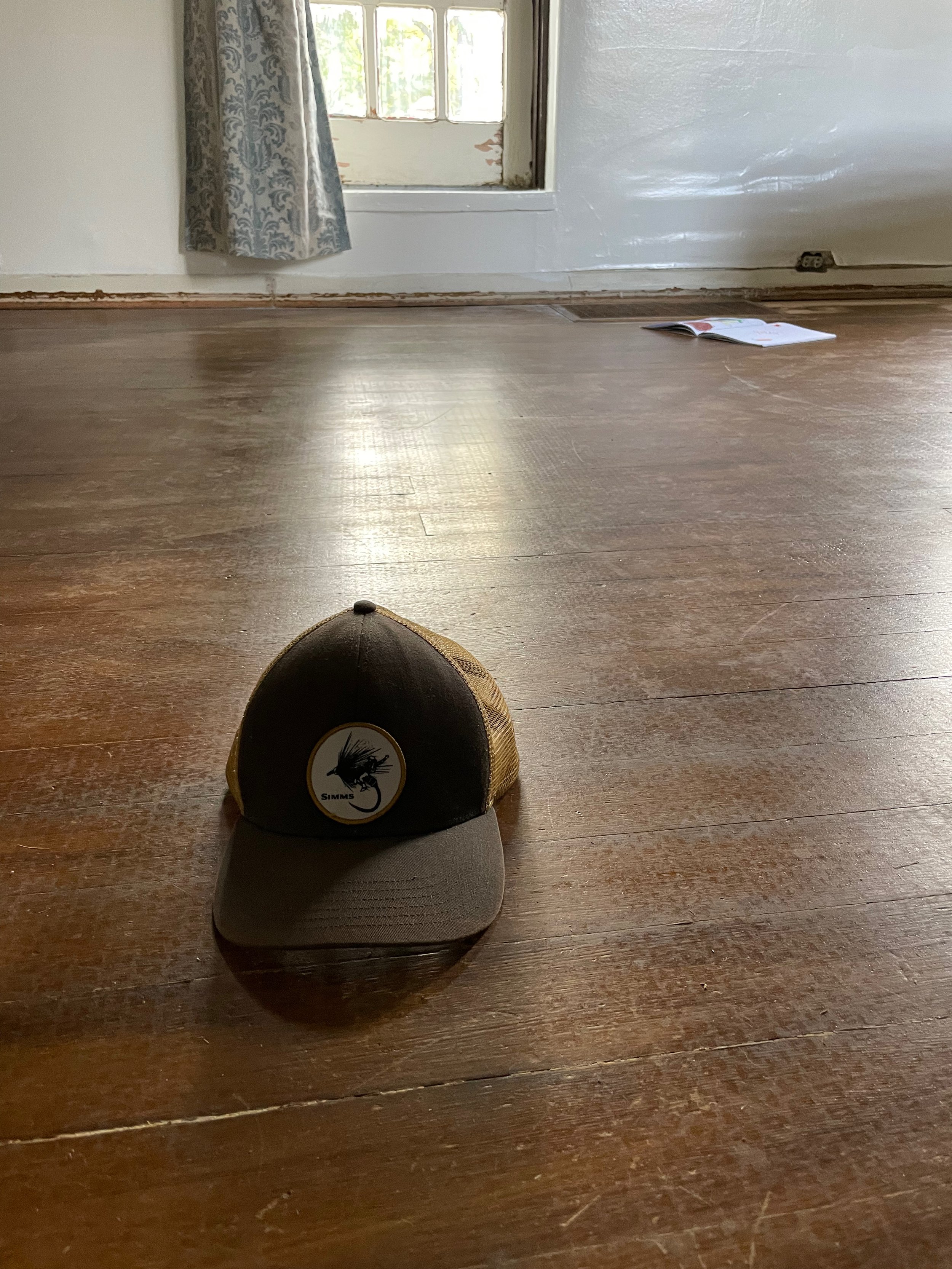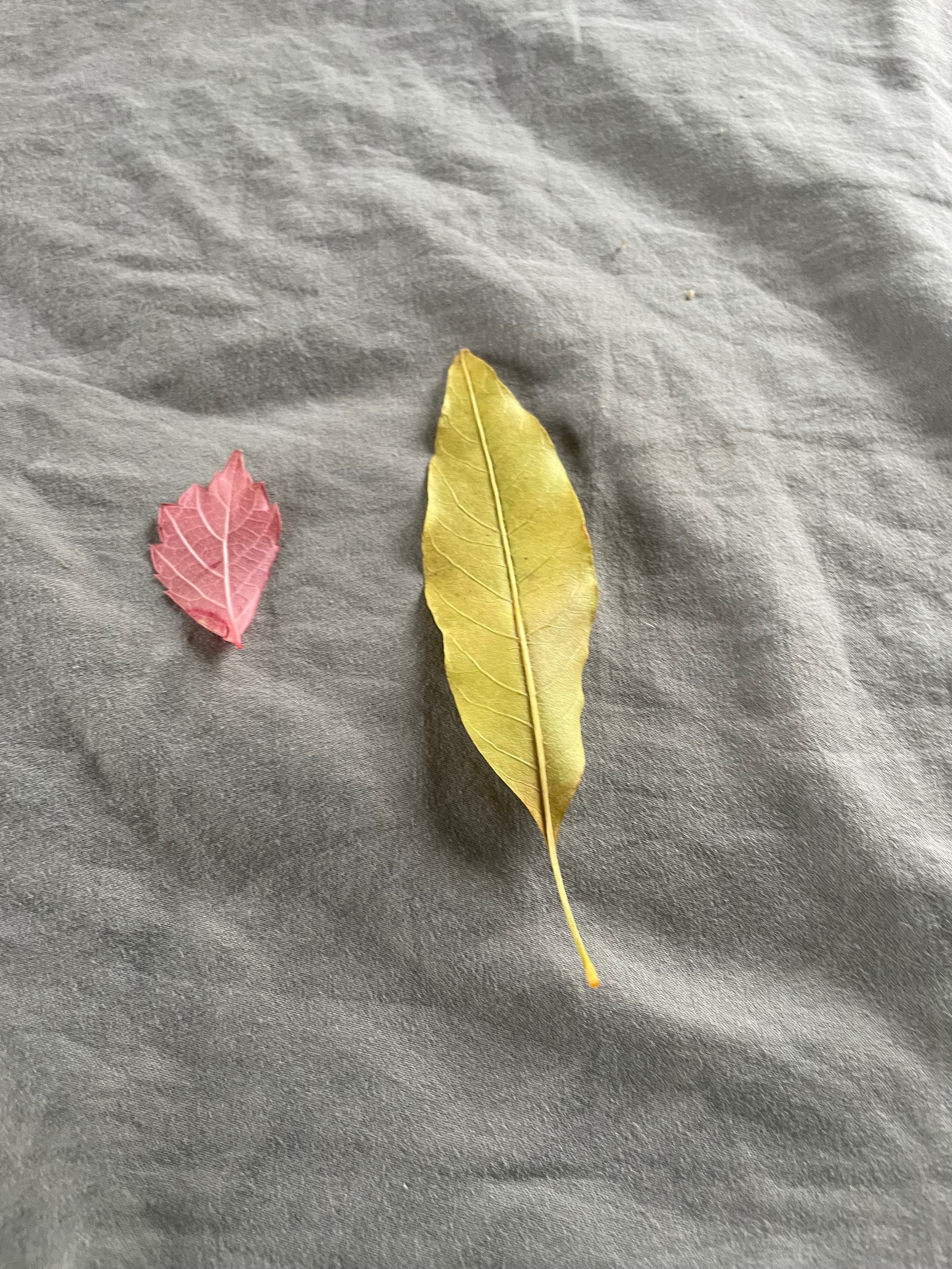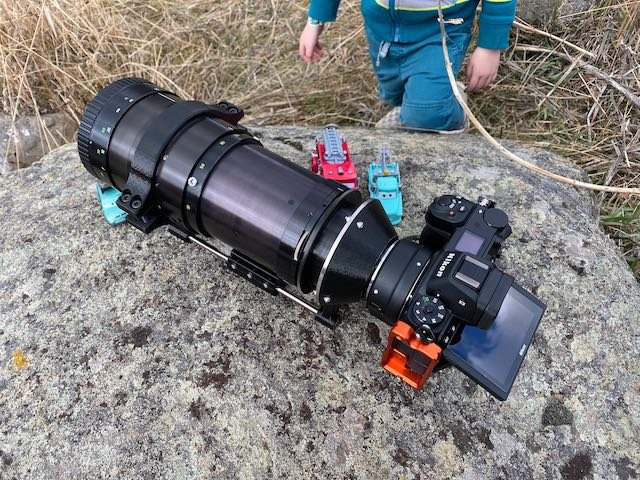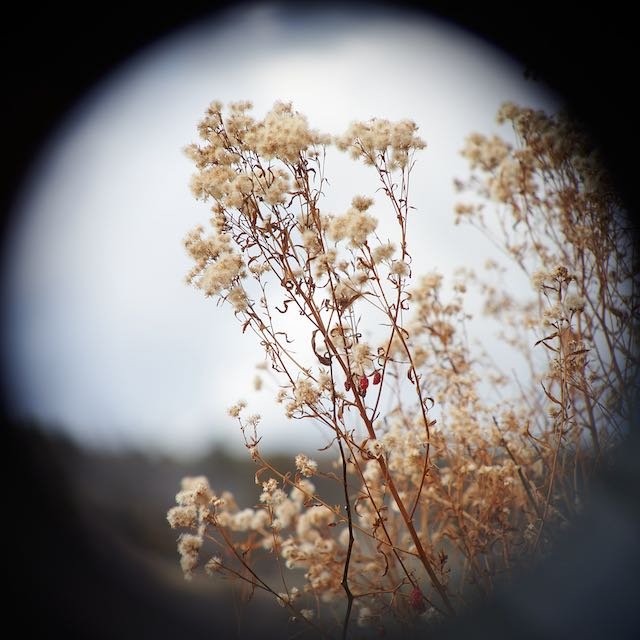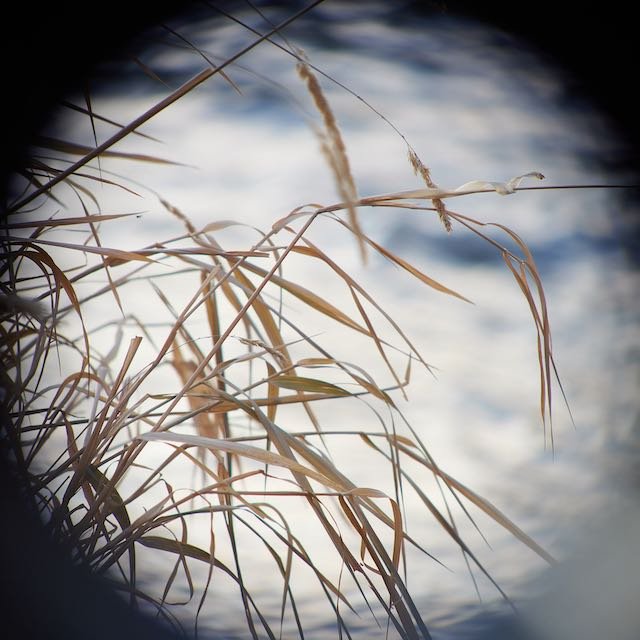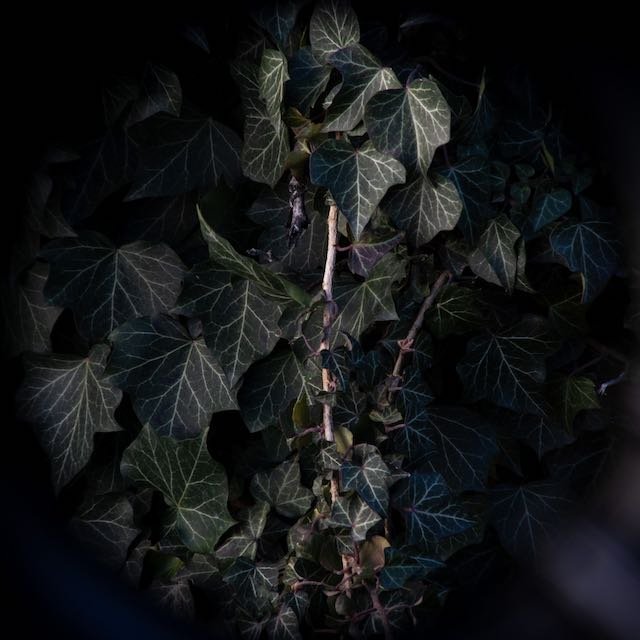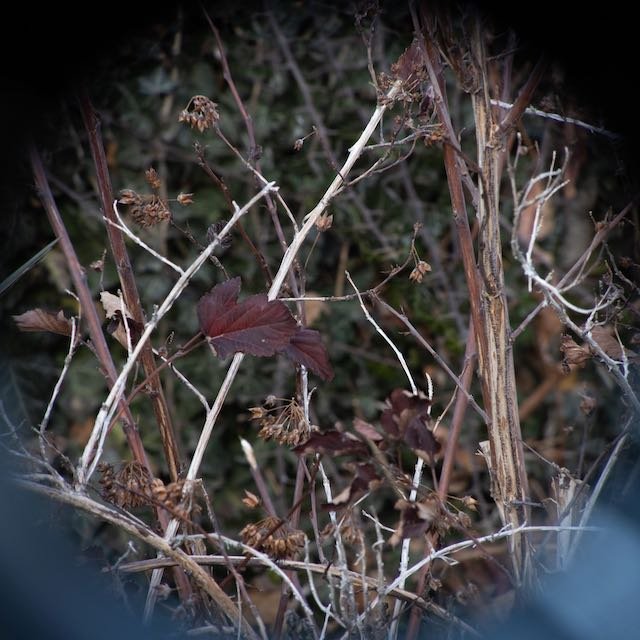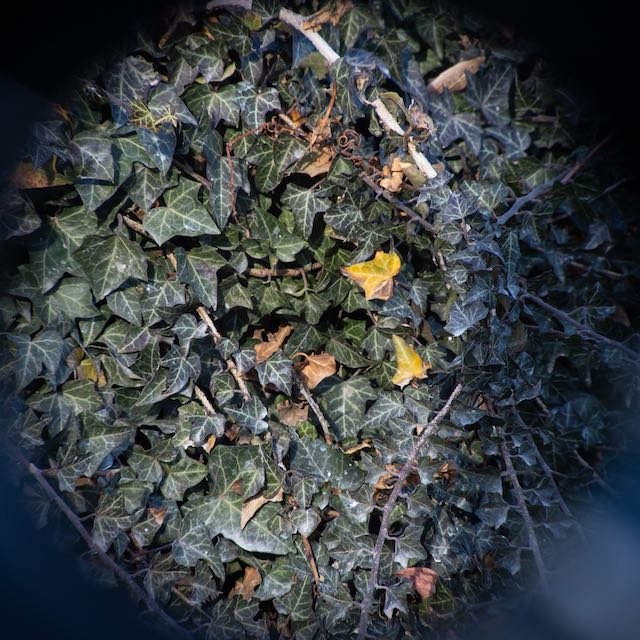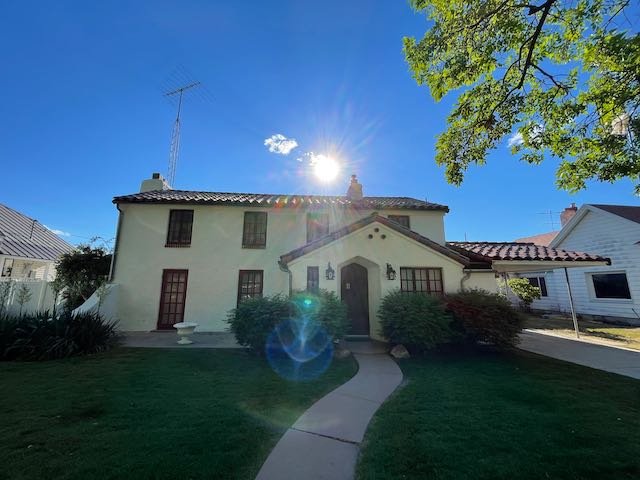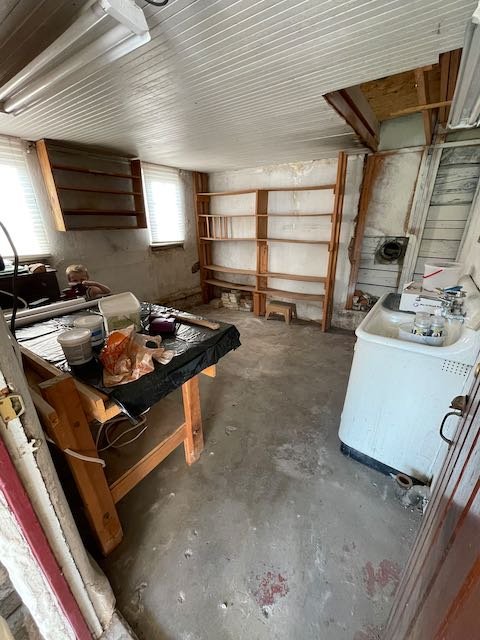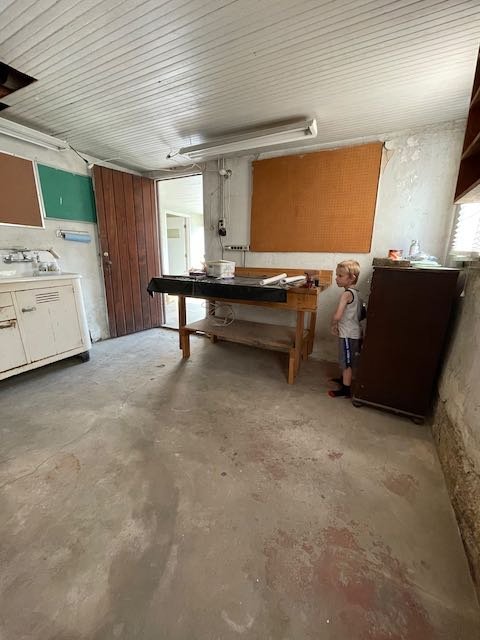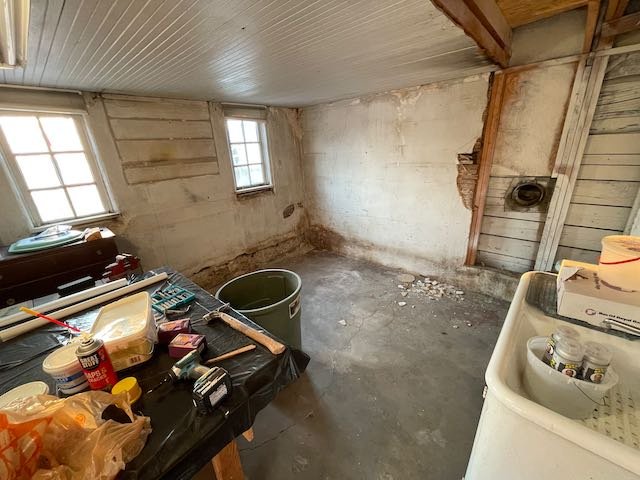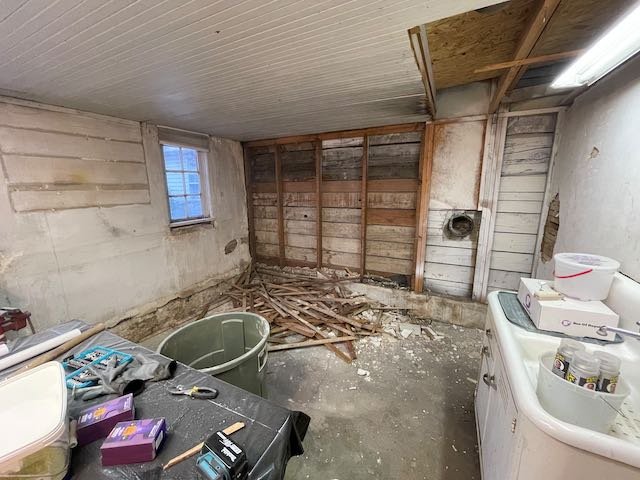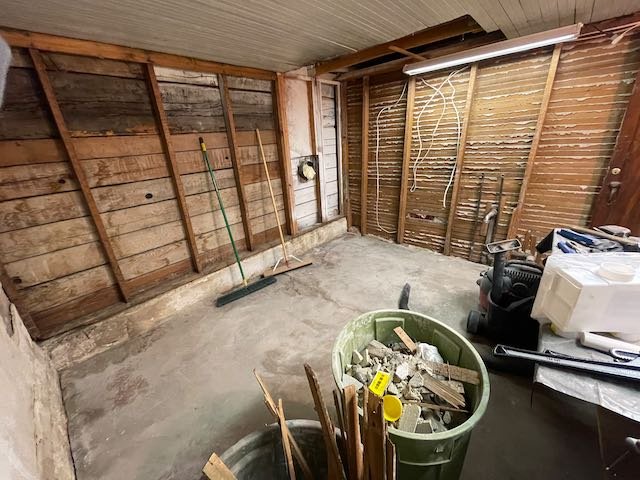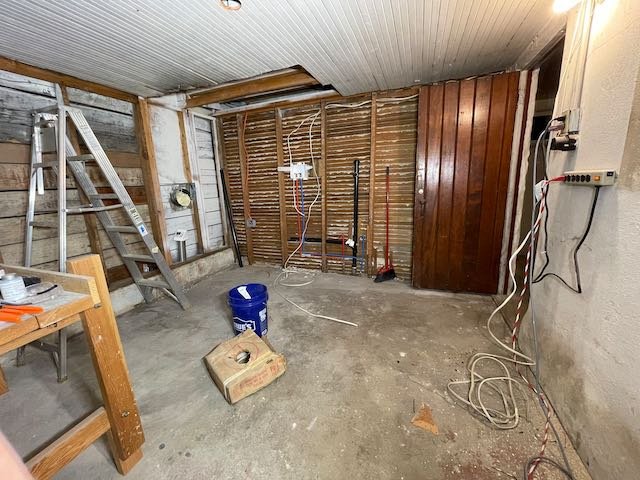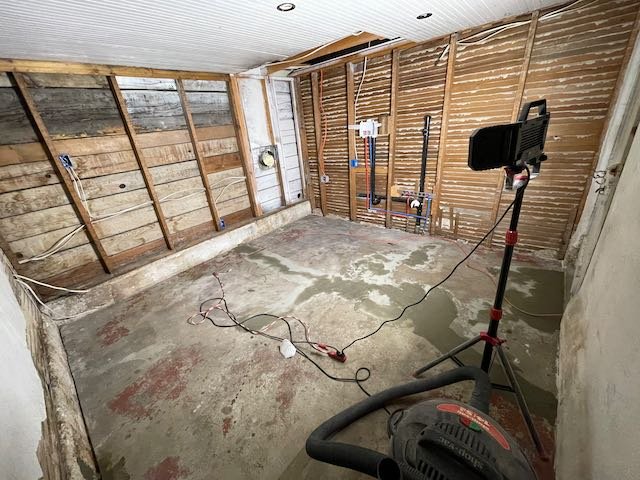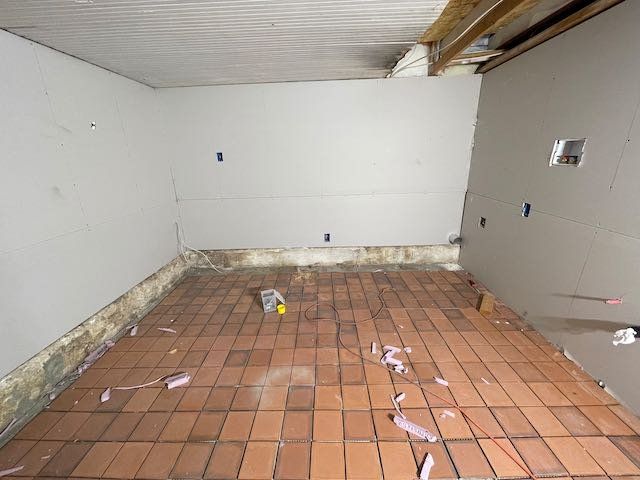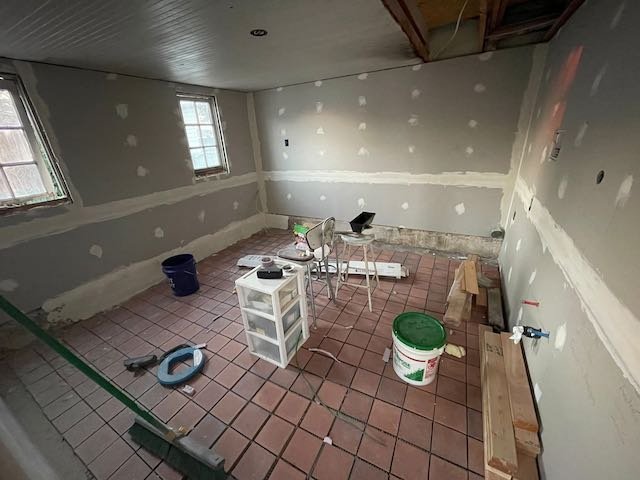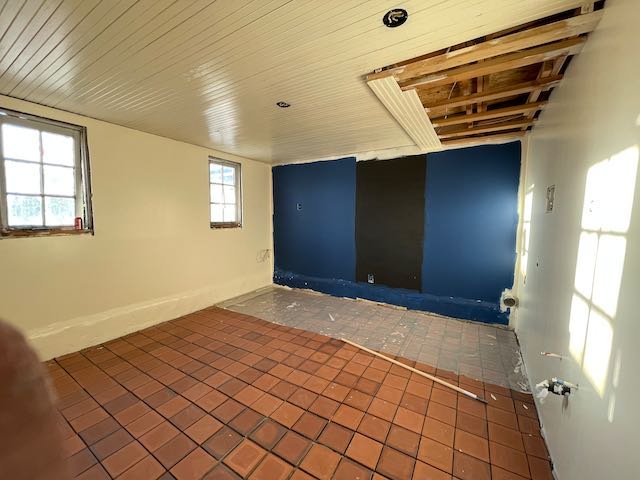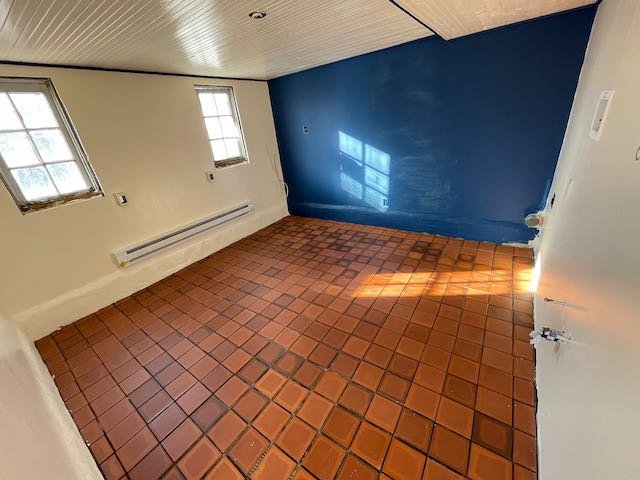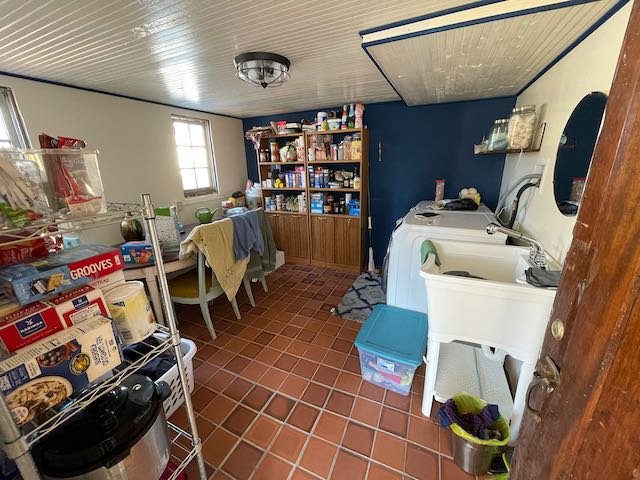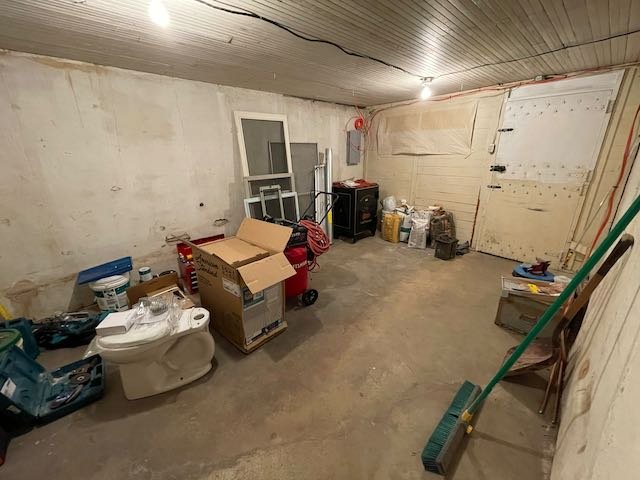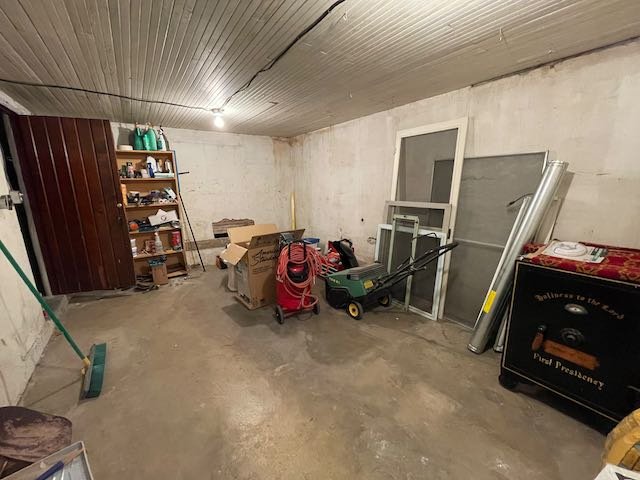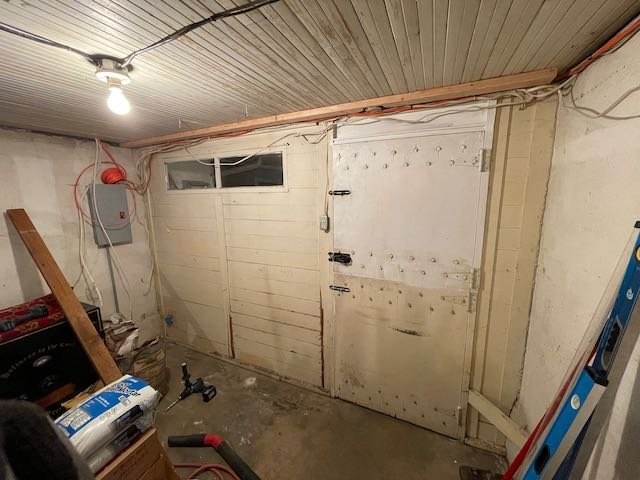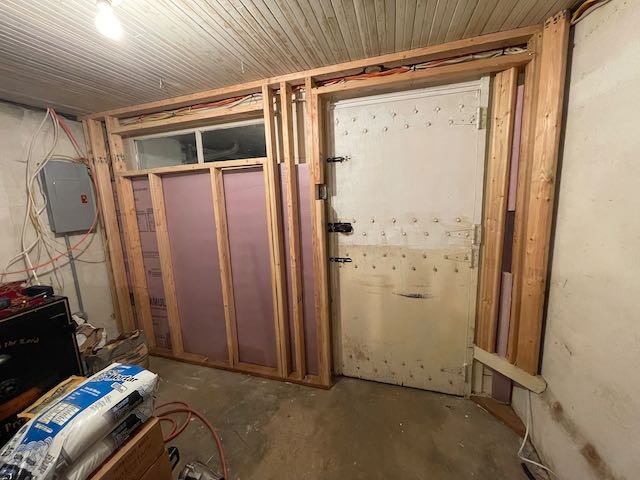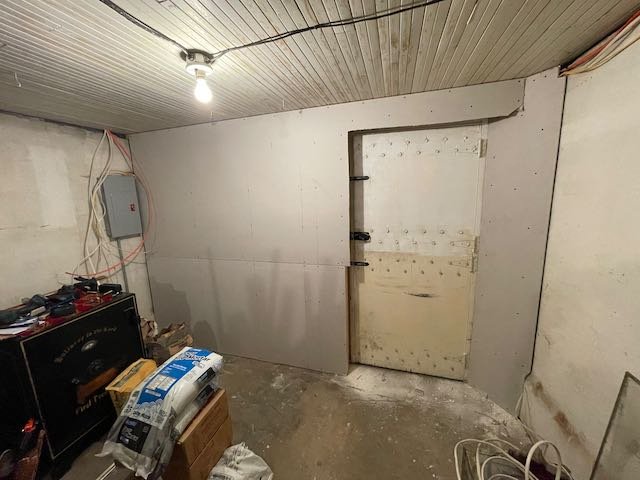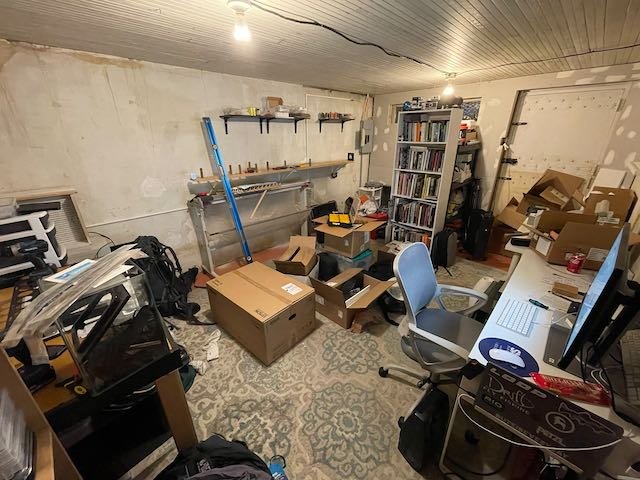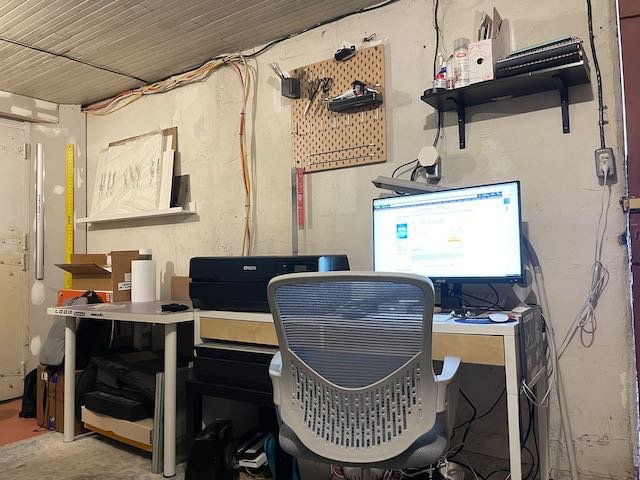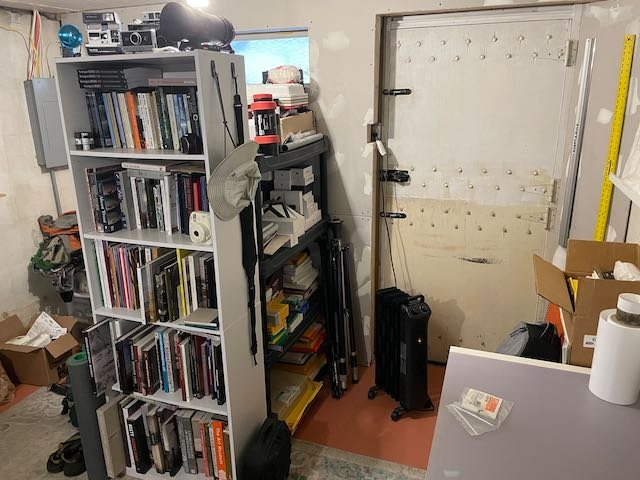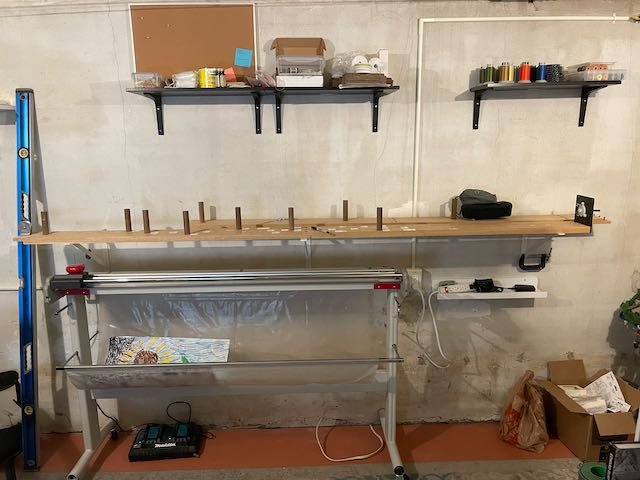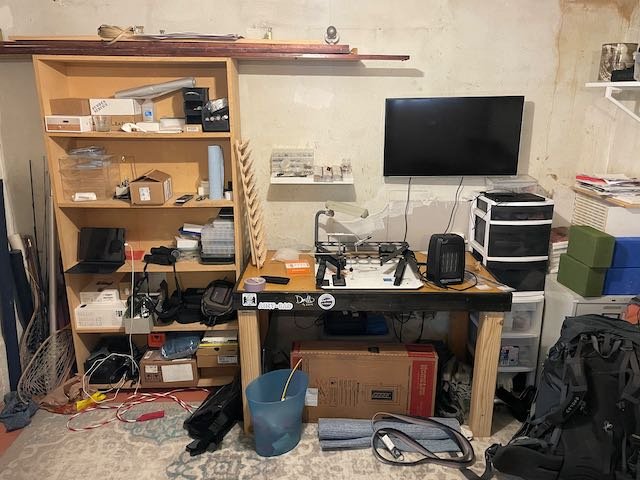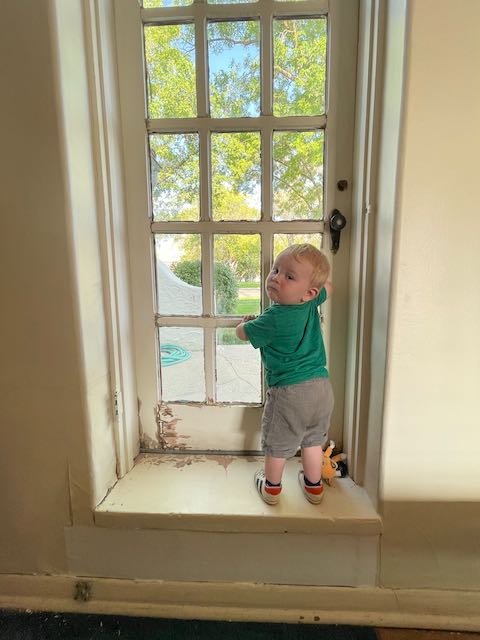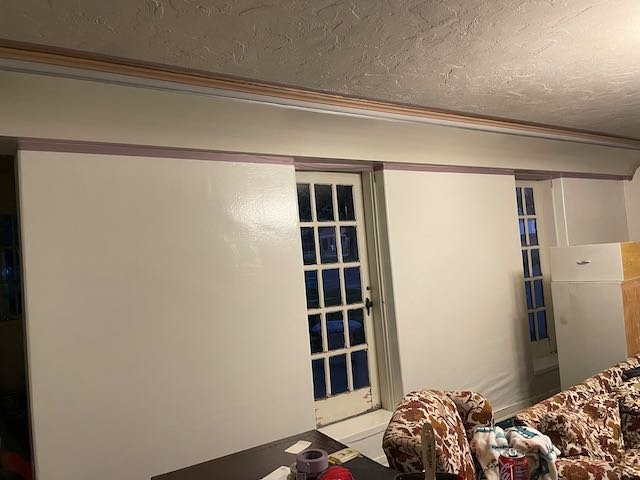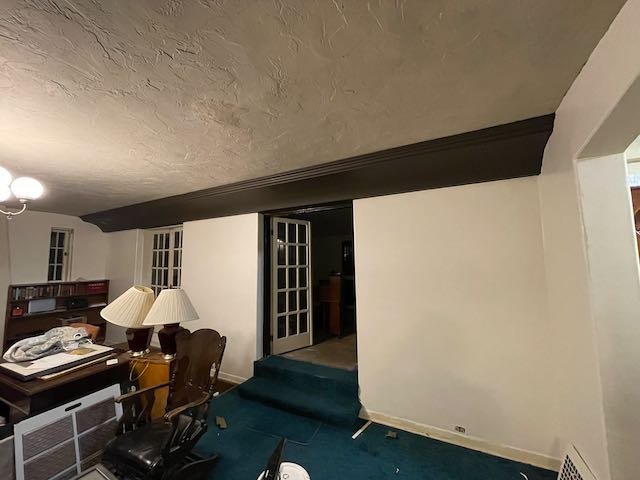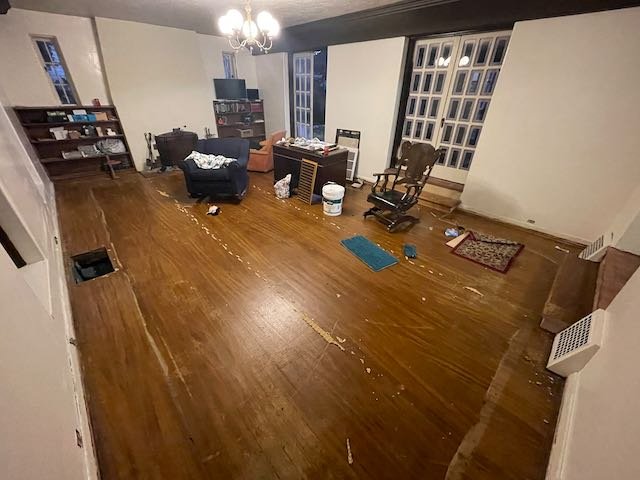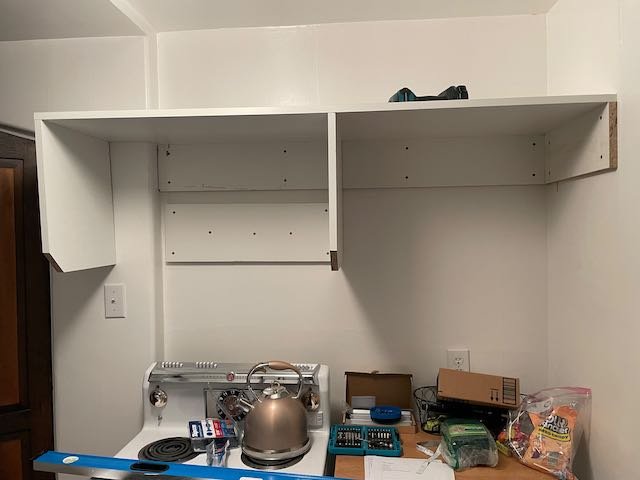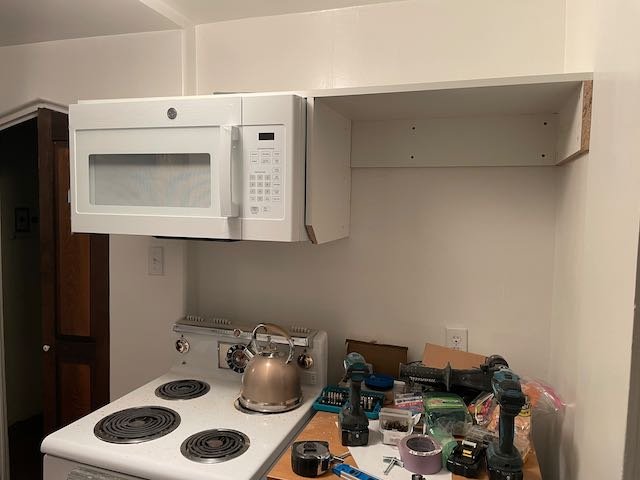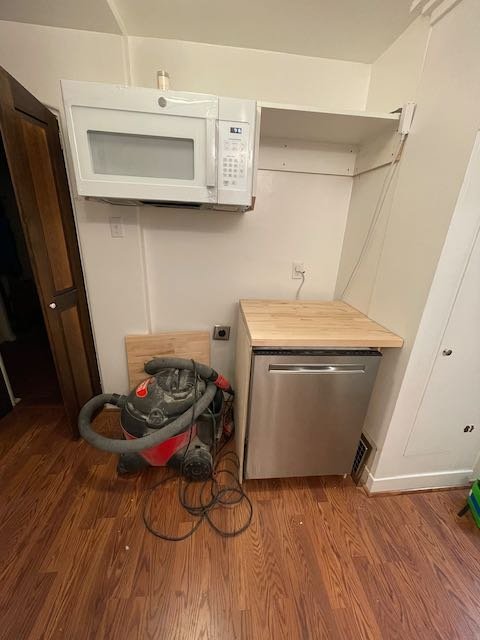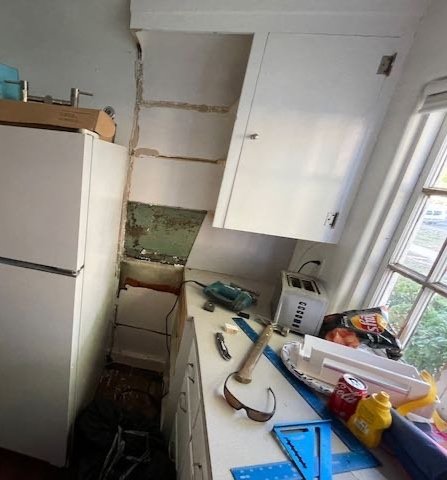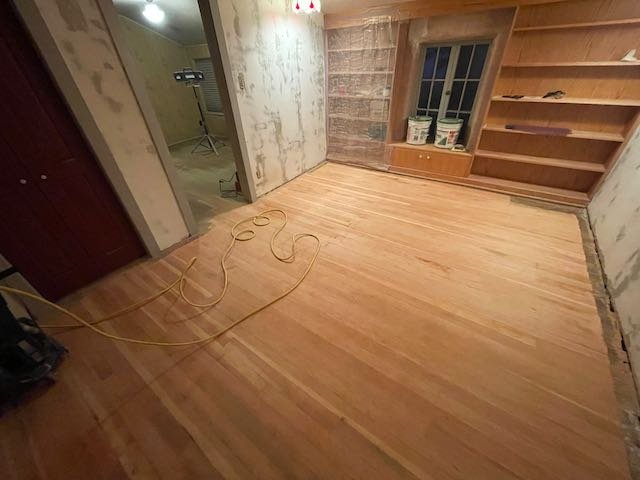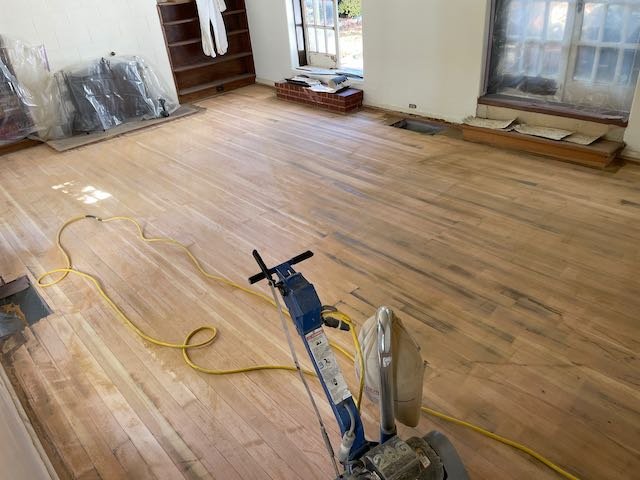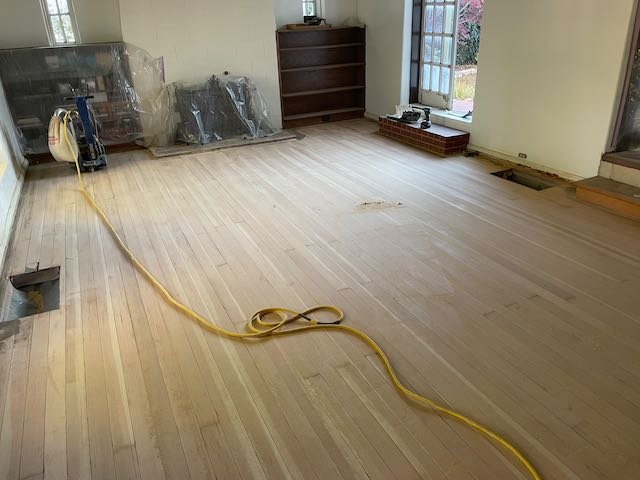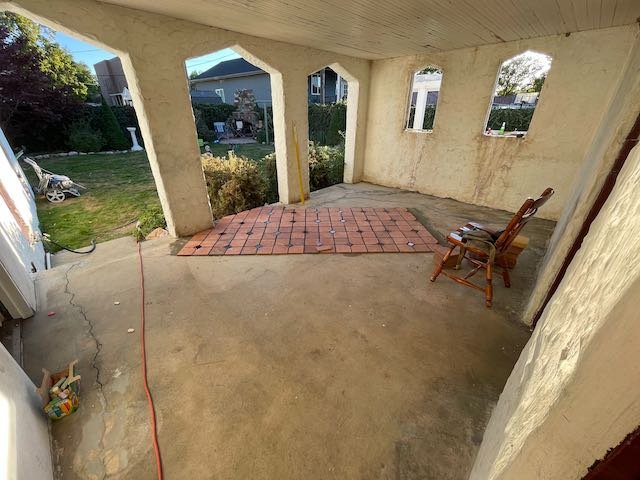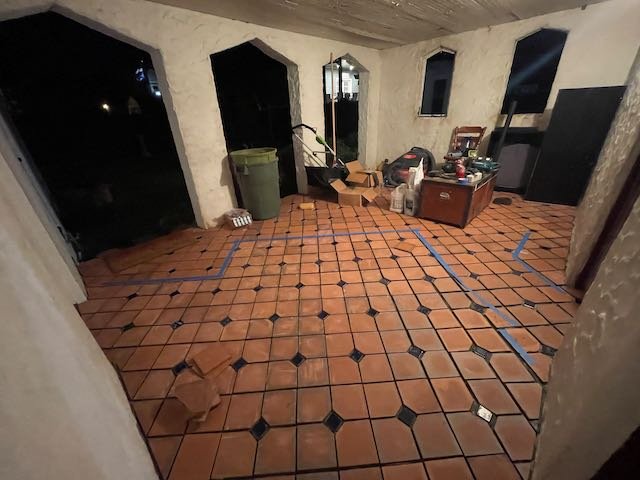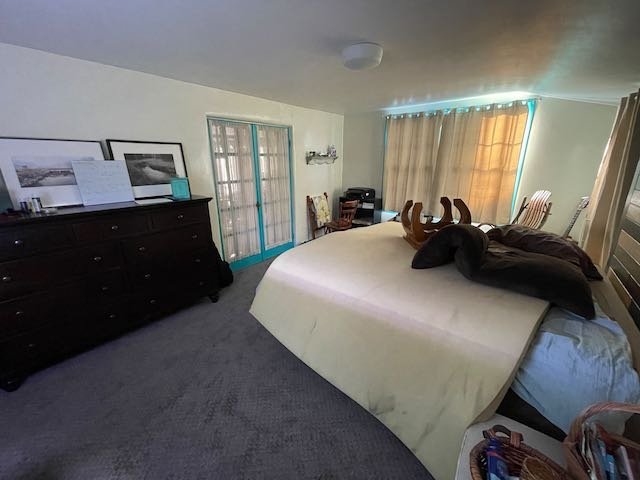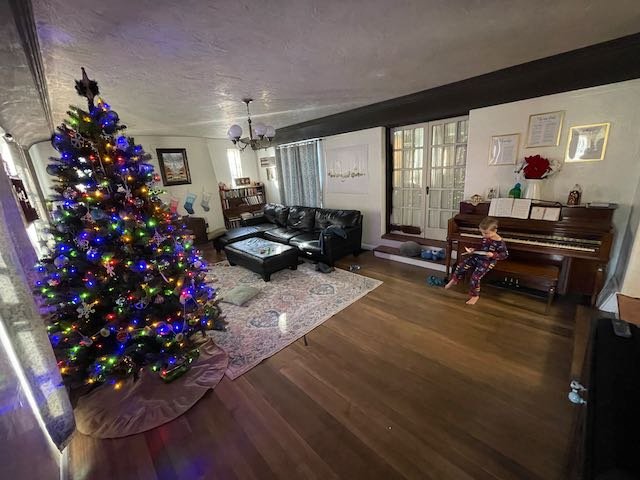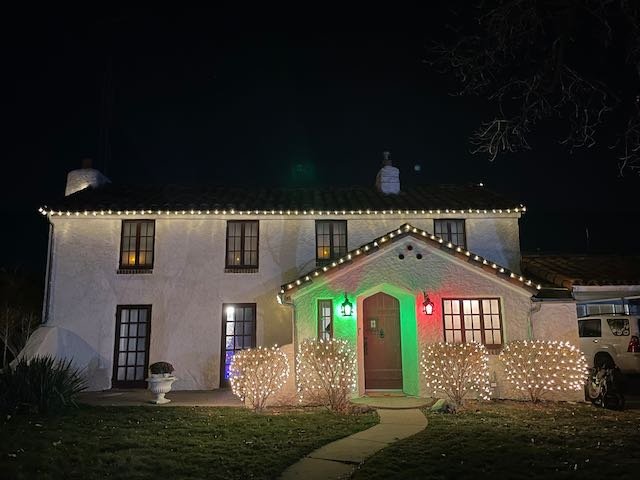Photography was something I really enjoyed doing. Now, before you think I’ve lost the enjoyment of it and am calling it quits, keep reading. My path to dedicating so, so many hours of my life to this mashup of Art and Science started as an adolescent, watching my dad and both grandfathers taking pictures with their SLRs on the many vacations we took together. One grandfather in particular got what was then a quite nice camera: a Nikon N6006. It was the first time I’d seen an autofocus camera and was amazed that a camera could do such a thing all by itself. Around that time, my grandmother gifted me a basic point-and-shoot camera for Christmas. A few years later, in high school, I took my first photography class and soon got brought on to the yearbook staff. I had such fun recording scenes out in the world on film and then coming back into the darkroom and processing that film. Making prints from those negatives and watching an image gradually form on a blank piece of paper added to the magic. Later, at the end of my mission for the Church of Jesus Christ of Latter Day Saints, I was working with my Mission President in applying to college at the brand-new Brigham Young University-Idaho, my choice of major was either Photography or another subject I thoroughly enjoyed, American History. In a figurative coin-toss, I went with Photography. At the time, landscape photography wasn’t really on my radar, as far as career plans were concerned, having been involved with the yearbook staff in high school. I enjoyed taking landscape photographs, had taken a lot during high school, but I figured I’d end up in photo journalism, or find work at a mountain bike or BMX bike magazine to put bread on the table (Little did I know then just what those industries would look like even a mere decade later).
The fun and amazement continued to grow, fostered by an excellent professor/instructor/mentor/friend Darren Clark. During my first semester the plan was to pursue the journalism or magazine path, but seeing the amazing landscape work Darren was doing, getting more immersed in the work of Ansel Adams than I had been previous, as well as the work of Edward Weston, and John Sexton during that early part of my education, and then making more and more landscape photographs of my own, my career ideas and plans started shifting.
We learned the Zone System during my second semester, while still working with my Nikon N90s, which I got during my senior year of high school, and which I still own (I’ll never ever get rid of that fantastic camera). The control that the Zone System makes possible oopened up a whole new dimension to me, adding more excitement and satisfaction in making consistent negatives, allowing for making easier prints.
And then I was introduced to the View Camera (my memory is a little hazy, but I think it may have also been during my second semester), after having only worked with the 35mm format. If the control of the Zone System sparked a flame, then learning about and how to use the view camera was like pouring several tanker trucks worth of gasoline on a wildfire. That was when photography went from a thing I really, really enjoyed to being a passion. An obsession. I loved viewing the world upside-down and inverted on the ground glass. I enjoyed the slow and deliberate nature of the process. I loved the huge negatives. I soon bought a Graflex Crown Graphic 4x5, a Nikkor 90mm SW f/4.5 and some film holders. It didn’t have the movements of the monorail camera owned by the school that I learned on, but I didn’t need them for the kind of work I was doing and still do. Not long after that, I found and purchased a Kodak Improved Century View No. 2 5x7 on eBay. It cost $120, including shipping; the previous owner said one of the gears to adjust the focus was broken, but I never had any issues with it. I think one of the knobs that locked things down was just a little too tight. That format became my favorite: I just love the elongated rectangle. The 4x5 format has always felt a little too square-ish to me for my own work, though there has been the rare photograph that feels better having a tighter frame. Another “pro” for my 5x7 argument is that that size negative produces wonderful, intimate contact prints, a strong motivator in my wanting to learn the carbon printing process.
That old Kodak (I traced the serial number to a manufacture date of 1905) became my main camera, using the Graflex as my backup, or the camera I would bring on longer hikes or backpacking trips where I didn’t particularly want to take the 5x7, though the 5x7 accompanied me on a few trips deep in the backcountry of Yellowstone National Park. I took it everywhere; it was never left home no matter where I went, as is the case with any camera of just about every photographer out there.
Early in 2008 I was able to use a Nikon D300—then one of Nikon’s newest prosumer digital bodies, borrowed from another good friend, Jon Long. I was impressed with how well that camera performed, and around June of that year I purchased one of my own. A few weeks later I moved down to Logan, Utah ahead of starting grad school at Utah State University. Despite no access to dedicated darkroom facilities between graduating at BYU-I in 2005 and starting grad school in 2008, I made the bathrooms of the apartments I lived in work to process the sheets of film I exposed. But during that first (and only) year of grad school, my use of the digital camera really increased to the point that my use of the view camera all but ceased. The ease and convenience of the digital camera was just too alluring!
During the summer of 2009, I came to the incredibly hard decision to discontinue my graduate studies, which meant I was once again without access to a dedicated darkroom to process film. Since I had pretty much transitioned completely over to digital, I decided to sell off all of my large format equipment. I pretty much never regretted selling the 4x5, and still don’t really regret it to this day, but I didn’t make it a week after selling the 5x7 before I was filled with regret, even though I didn’t have an easy way of processing the film in the house I was living in at the time.
I continued to photograph, despite being filled with regret of having sold the 5x7. I felt like I’d evicted a part of my very being, part of my photographic make-up, even though I hadn’t made much work with it at all over the previous year. Around 2014, now living in a different place, I found and purchased another 5x7, along with a lens and film holders, made a few exposures, processed the film in the cramped bathroom—I haven’t yet mentioned that I was processing in open trays, and so had to be in complete darkness—and decided I didn’t want to put up with that and sold it all off again. I had a little less regret that time, but it was still there. Then in 2016 I did the same: bought a whole new kit, made some photographs, processed the negatives, decided processing film in trays hunched over the side of a bath tub was too big a pain, and sold it off again.
Meanwhile, over the years, I lost the same passion I had for photography. It wasn’t something I was conscious of, and it’s only been within the last five or six months that I’ve come to realize that it had happened at all. It’s true that I went through phases of greater and lesser productivity—my Lightroom catalog shows a fairly large dearth of images made in 2014—and I made work I’m quite happy with and proud of. It’s true that I still got a great amount of satisfaction and joy out of practicing photography almost exclusively digitally.
Starting in the late fall/early winter of last year, I began collecting parts of Eastman Kodak 2-D 5x7 cameras, finding pieces for sale on eBay here and there, and by February of this year I had my final piece to make a complete camera, as well as a lens (a Schneider Super Angulon 120mm f/8) and half a dozen film holders. I then spent two weeks disassembling everything, stripping and sanding the wood of it’s old finish and stain and applying a new stain and finish, and polishing the brass. Since then, that restored camera has been my main way of making images, not including my iPhone. It’s been during that time that I’ve felt an excitement for photographing that I haven’t felt for so long. Like I said earlier, that’s not to say that I haven’t experienced excitement and joy about new concepts and techniques I’ve delved into over the last decade or so—I have. But using the large format has resurrected the highest excitement for the art and craft that I had between 2003 and 2009. It’s been so good to have that kind of structure to the act of photographing again. And owning our own house, and having some decent options for daylight processing mean that many of the frustrations of not having a dedicated darkroom are gone.
I may not be as prolific an image maker right now as I was fifteen years ago—being a husband and the father of two young boys are greater priorities, speaking qualitatively, not quantitatively, though the three of them do demand and deserve all the time I can give them. Finding the balance between Home Life, Work Life, fulfilling my church calling, and spending time in my other hobbies and interests is no easy thing. Thankfully some of those things can all blend together. At any rate, the 5x7 camera is back in my life, and all is right in my little photographic world.



